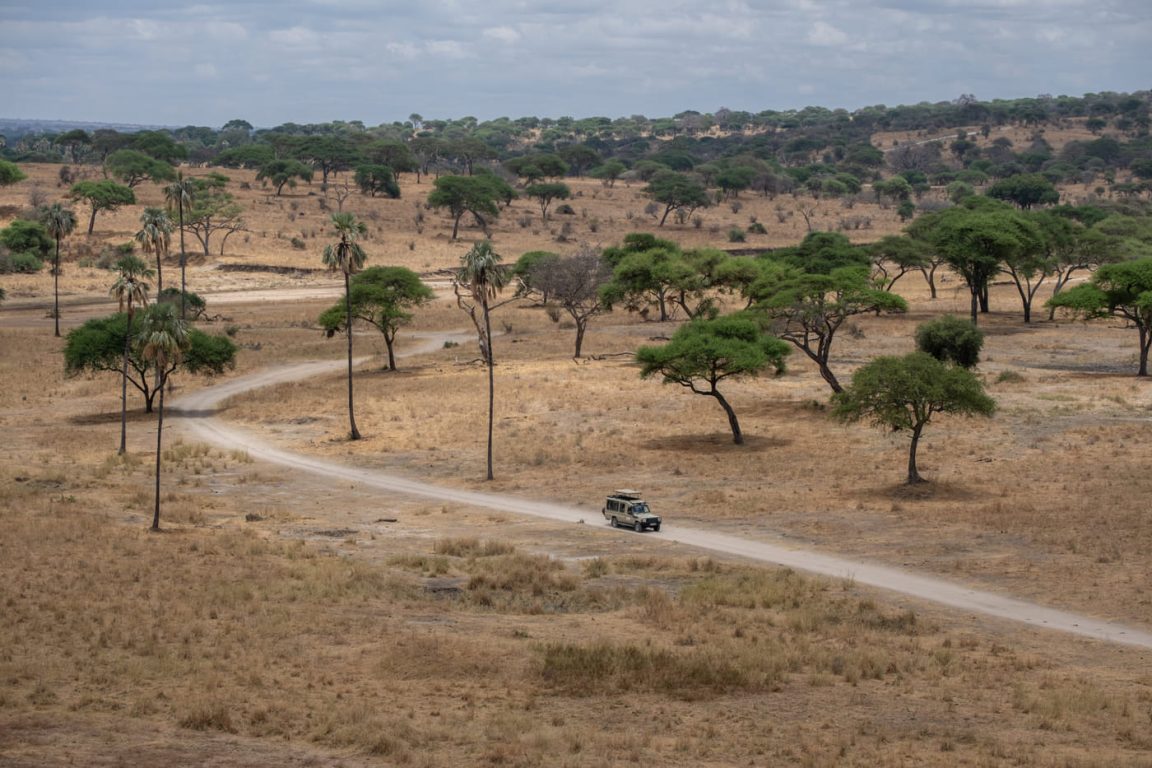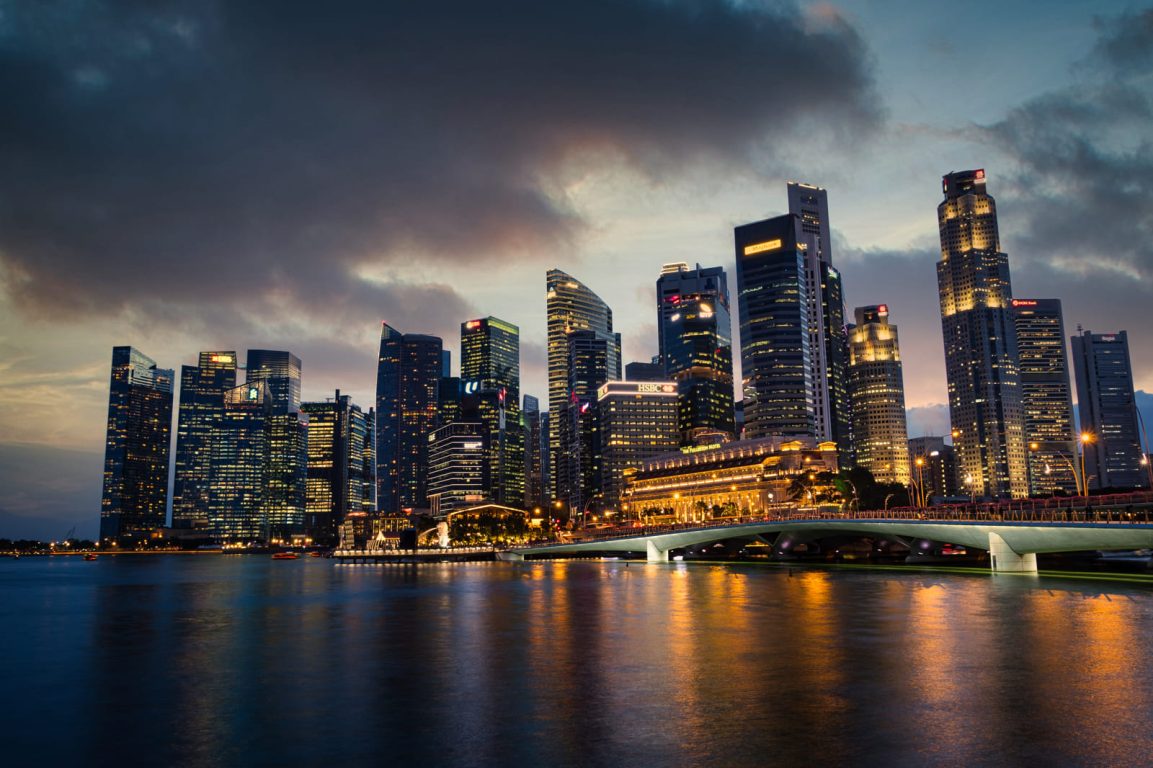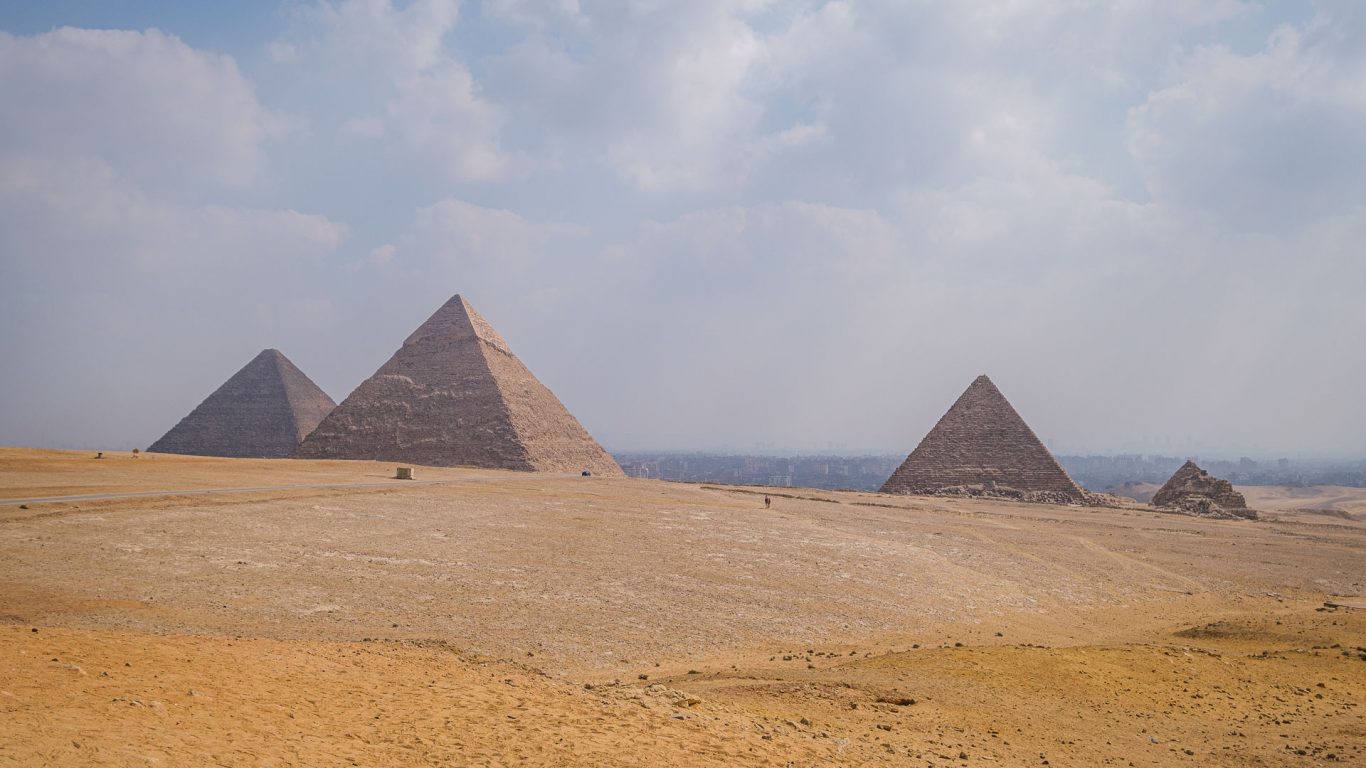Tanzania, the heart of Africa, is a place where unadulterated natural beauty meets abundant wildlife and immaculate beaches. We had a wonderfull time there, such a memorable trip. In this Tanzania itinerary, we’ll show you the best of the country. Come with us to the land of pole pole, in an unforgettable safari, through stunning scenery in the mountains, and to the paradise of Zanzibar. This route offers something for everyone, regardless of your interests, wildlife enthusiasts, beachcombers, or someone looking for an amazing trip.
Tarangire National Park
On our first day in Tanzania, or should we say night, because we landed at Kilimanjaro airport at night time, we went straight to Arusha. This was our home for only 24 hours. The next morning it was safari day and the main goal was to explore Tarangire National Park.
For this safari, we chose Tarakwai, they are all about creating immersive experiences and connecting people to wildlife, land and local people. They are the perfect match if you want a unique experience in Tanzania. If you want something as we did, we suggest the Eastern Tanzania Safari, maybe it’s not the most popular but, we will be amazed by this one. We will start in Tarangire, passing through Mkomazi, Usambara, Pangani and end in Zanzibar.
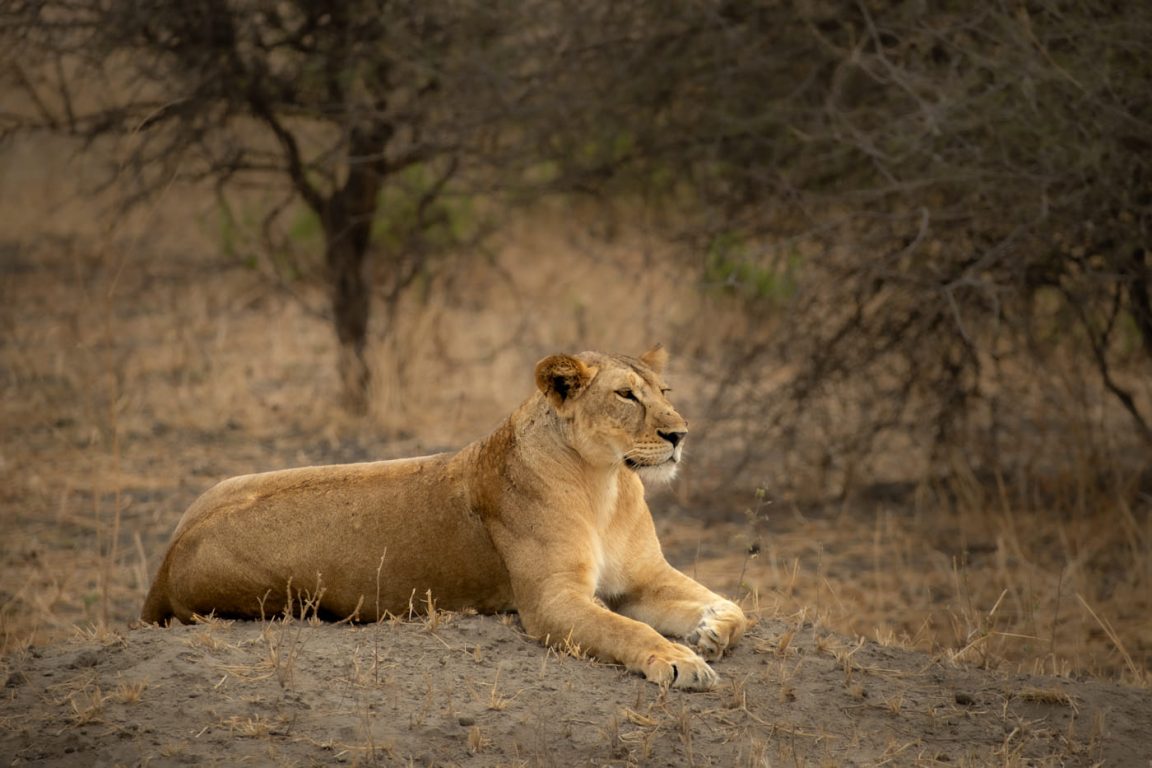
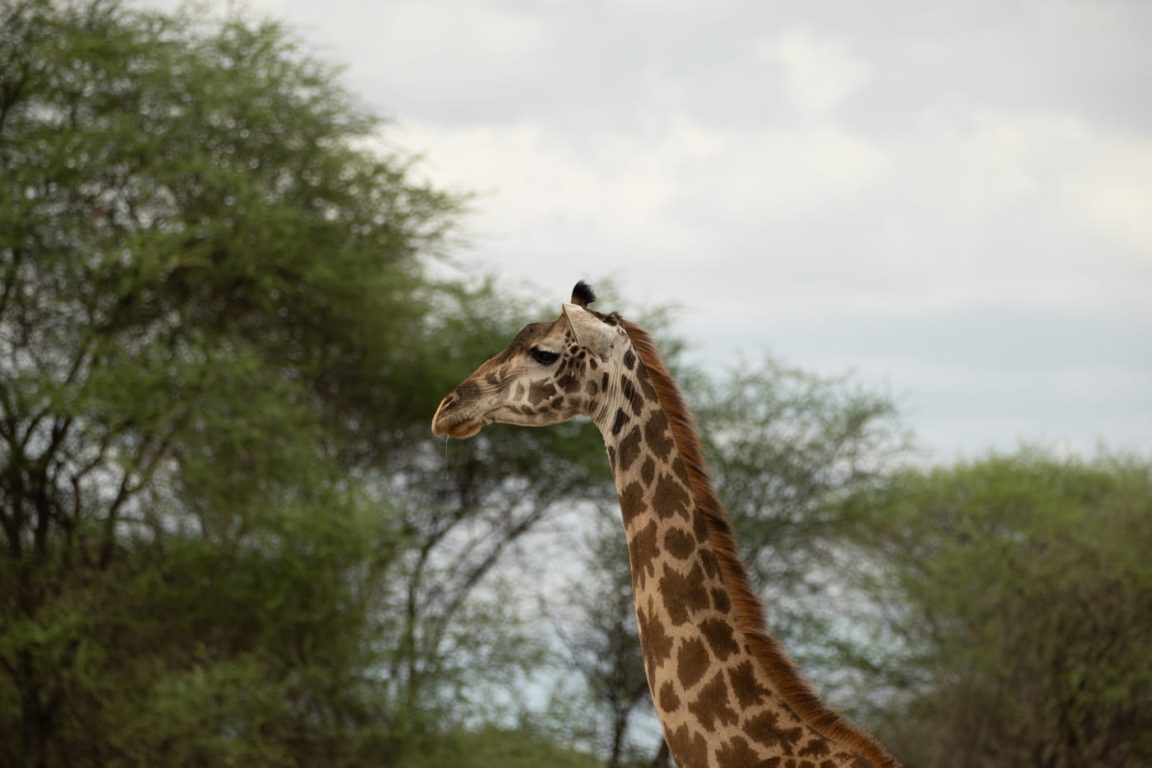
Tarangire National Park is a hidden gem in Tanzania, boasting a unique landscape and exceptional wildlife viewing opportunities. Spread over 2,600 square kilometres, it’s known for its diverse habitats, from grassy savannahs to lush riverine forests, offering a striking contrast to other parks in the country.
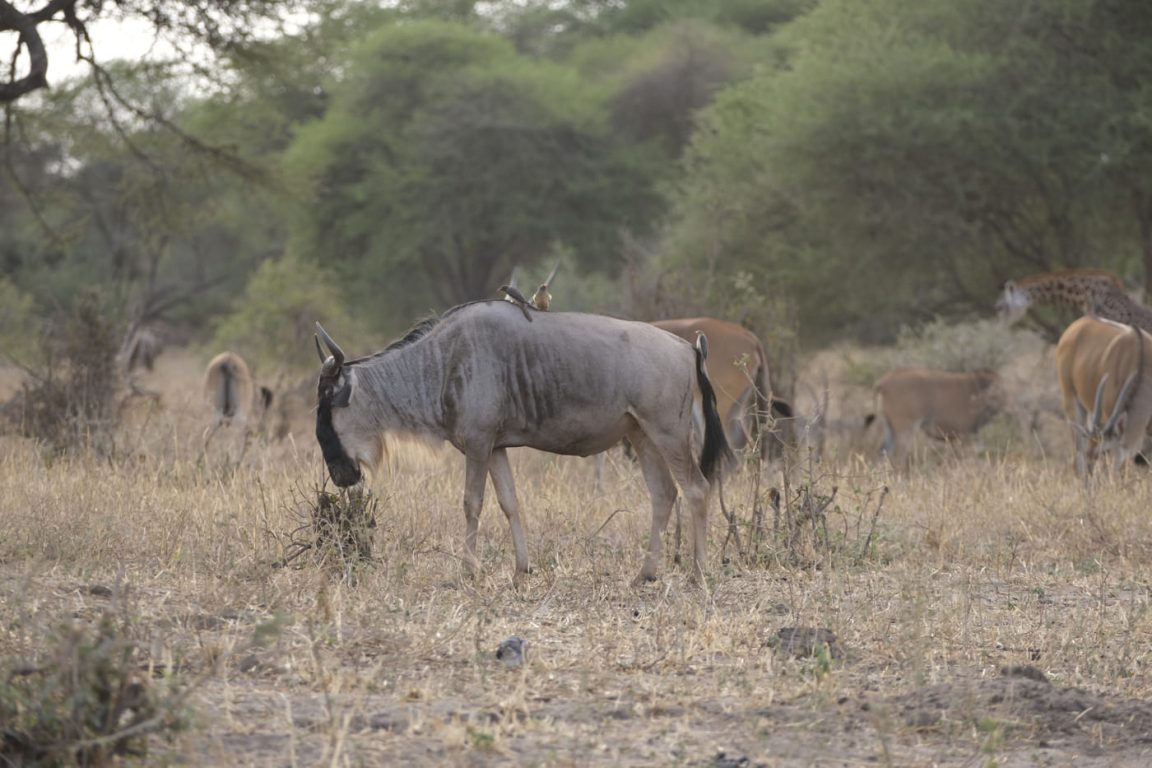
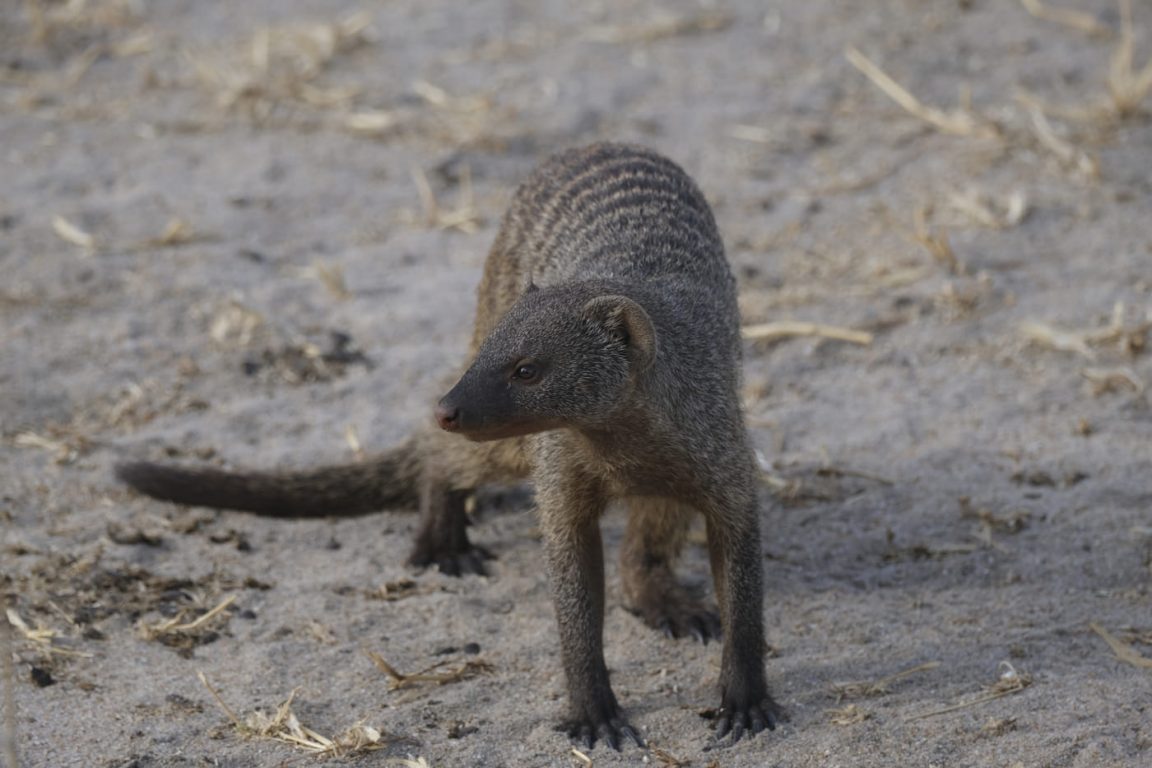
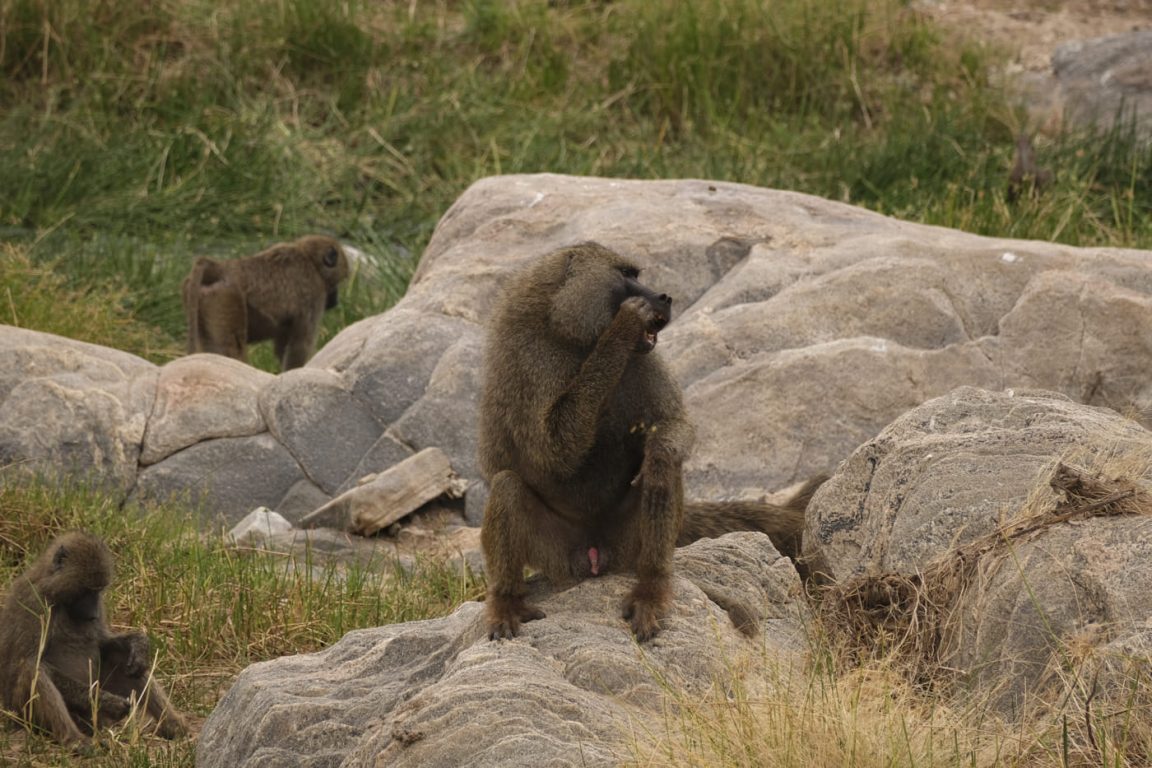
Our driver Muddy picked up us early in the morning because we wanted to enter before the big crowds. The plan was to spend the day in the park and we even had lunch inside, Tarakwai provided us with some delicious lunch boxes.
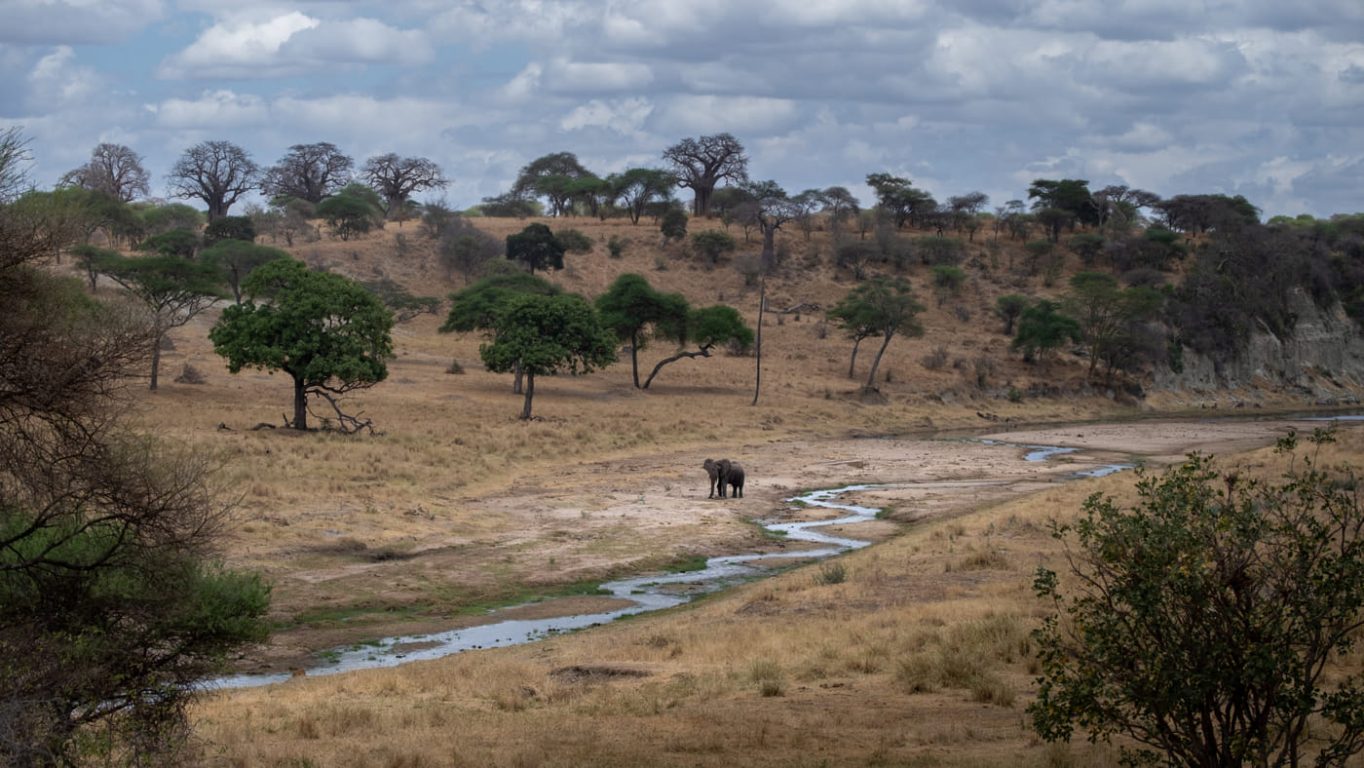
The park has great wildlife abundance. It is famous for its large population of elephants. During the dry season (from June to October), the Tarangire River becomes a vital water source, attracting these majestic creatures, along with other wildlife like lions, zebras, giraffes, and various antelope species.
We were very lucky to have contact with these animals. Right at the entrance of the park, some antelopes came to say hello. After that, some zebras, warthog and wildebeest were around the corner. A lioness was resting with giraffes nearby and we finally saw a family of elephants.
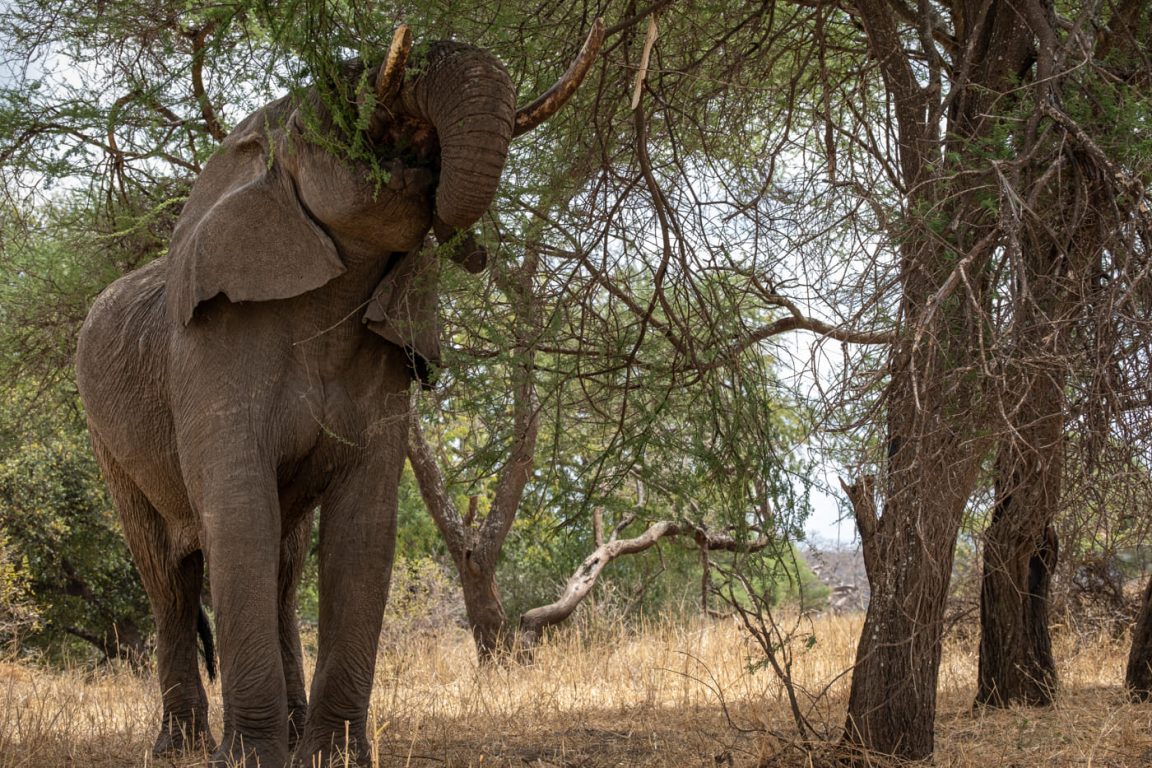
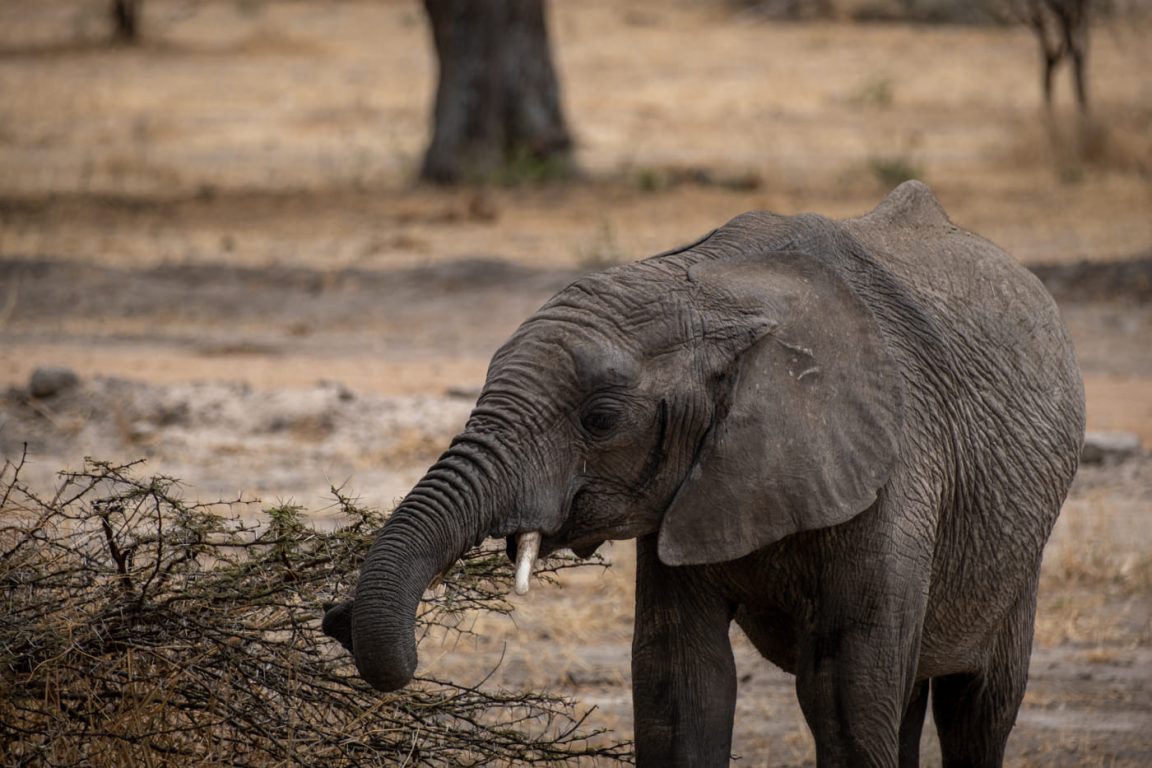
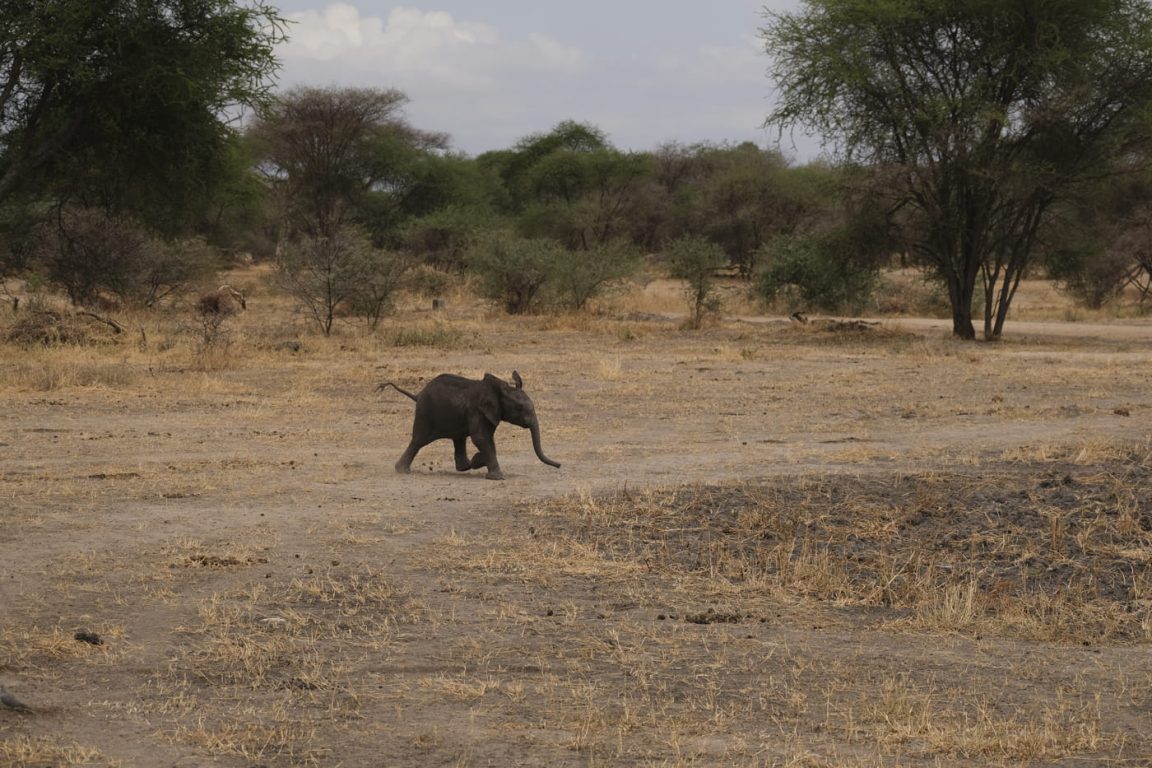
In the afternoon we had the chance to encounter an animal that’s is hard to find. Leopards are really good at camouflage. There were two of them resting in the tree branches and because of their skin colour, it was difficult to spot them, even with binoculars.
Tarangire is also a birdwatcher’s paradise. Bird enthusiasts can see over 500 bird species. From the dazzling yellow-collared lovebirds to the majestic martial eagles, the park offers an incredible diversity of avian life. We did spot some beautiful birds, like marabous, an ostrich, vultures, different tips of eagles, european rollers and even red-billed quelea.
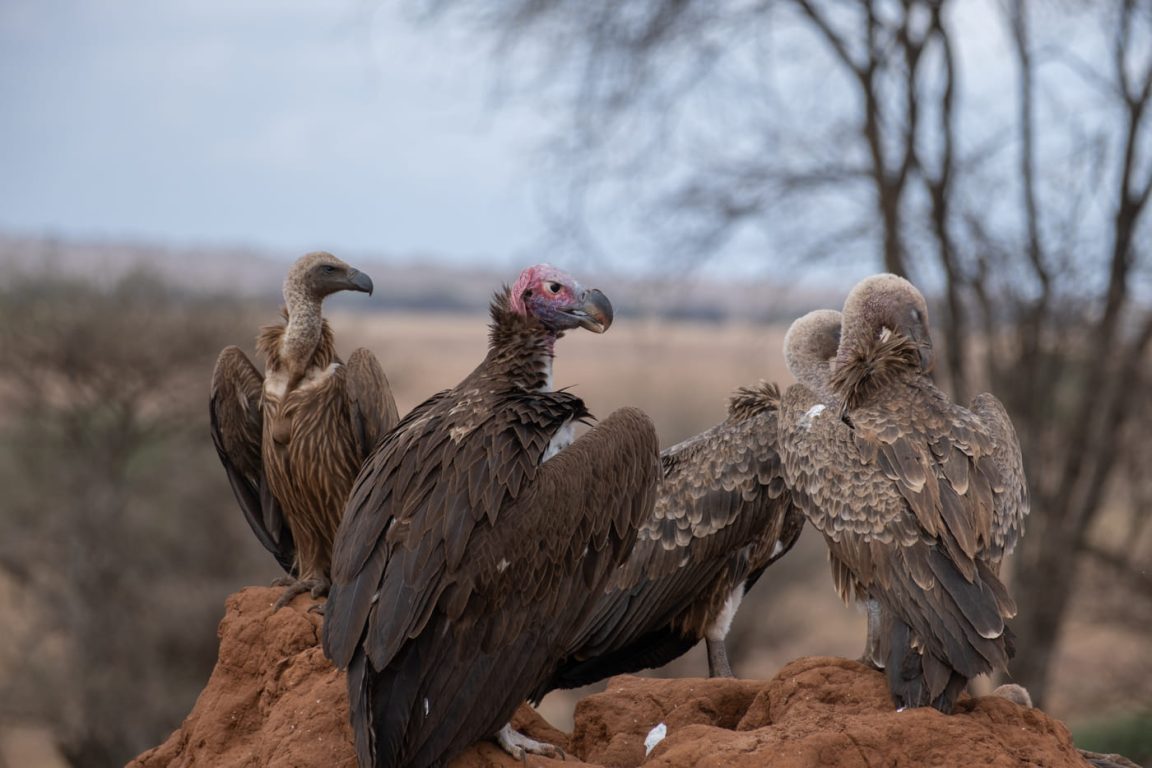
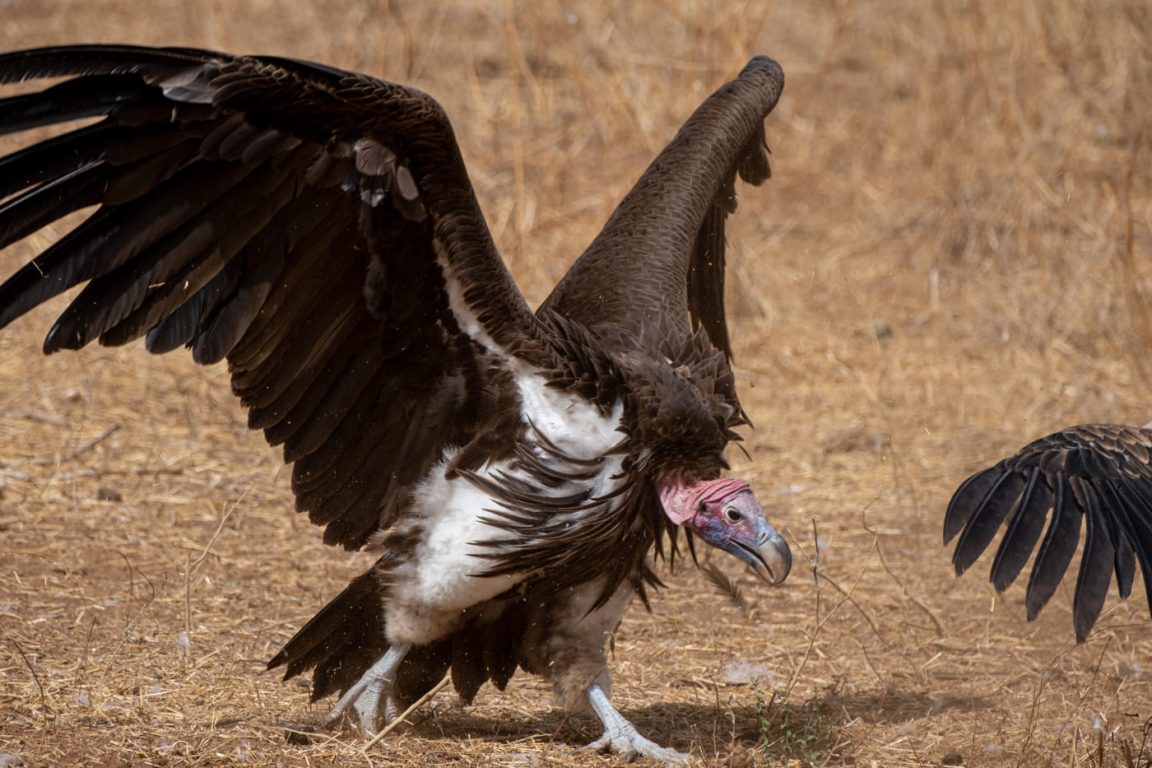

One of the park’s iconic features is the collection of ancient baobab trees dotting the landscape. These massive, otherworldly trees create a surreal and picturesque setting, particularly during sunset when their silhouettes stand out against the vibrant sky.
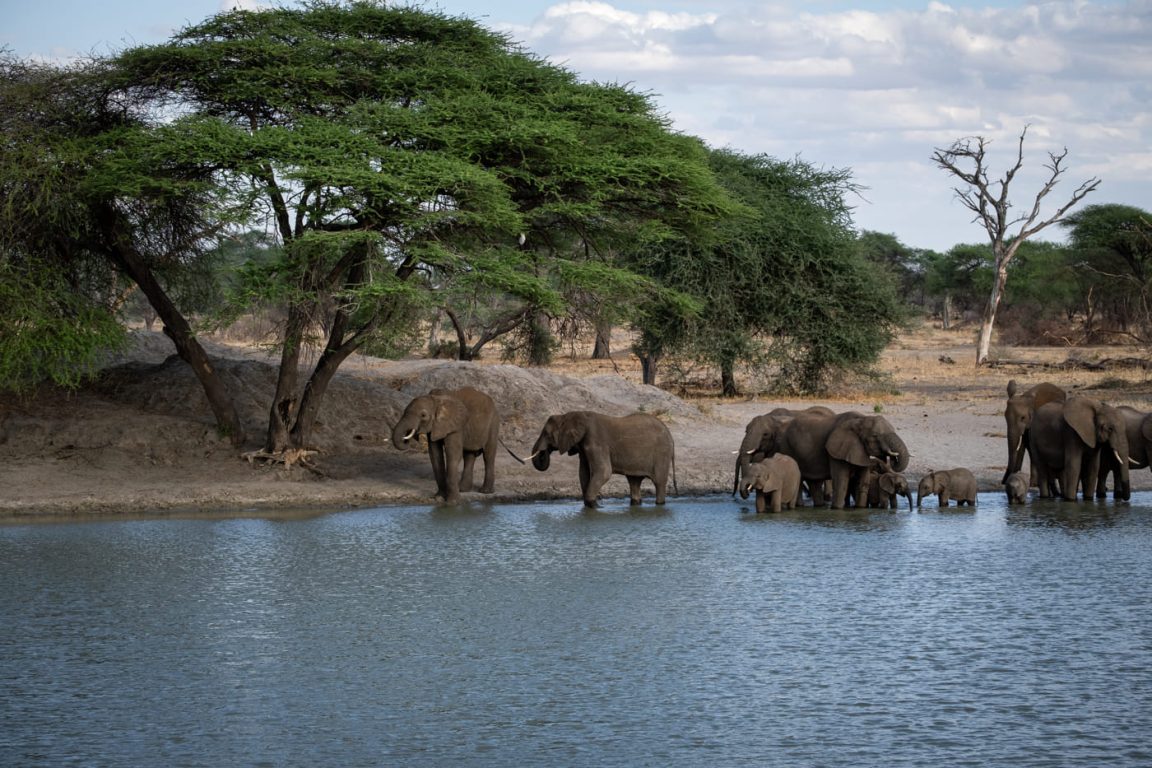
After spending the whole day at Tarangire National Park, we can tell you the park stands out for its extraordinary wildlife, distinct landscapes, and serene ambience that offers a truly immersive safari adventure. Whether it’s observing elephants against the backdrop of ancient baobab trees or witnessing the vibrant birdlife, Tarangire promises a captivating and unforgettable experience for every visitor.
Maasai village
Amidst the enchanting landscapes of Tanzania, our journey takes a culturally rich turn as we visit a Maasai village. The Maasai people, known for their distinctive traditions and vibrant way of life, offer a unique and immersive experience that adds depth to your Tanzania itinerary, so don’t miss it.
With Tarakwai we had an outstanding experience. It wasn’t the common tourist thing, we had a Maasai guy, Ruben with us the entire time. We went to visit his village, Baraka village, to see the way they live, their habits and daily life and even had the chance to visit the school.
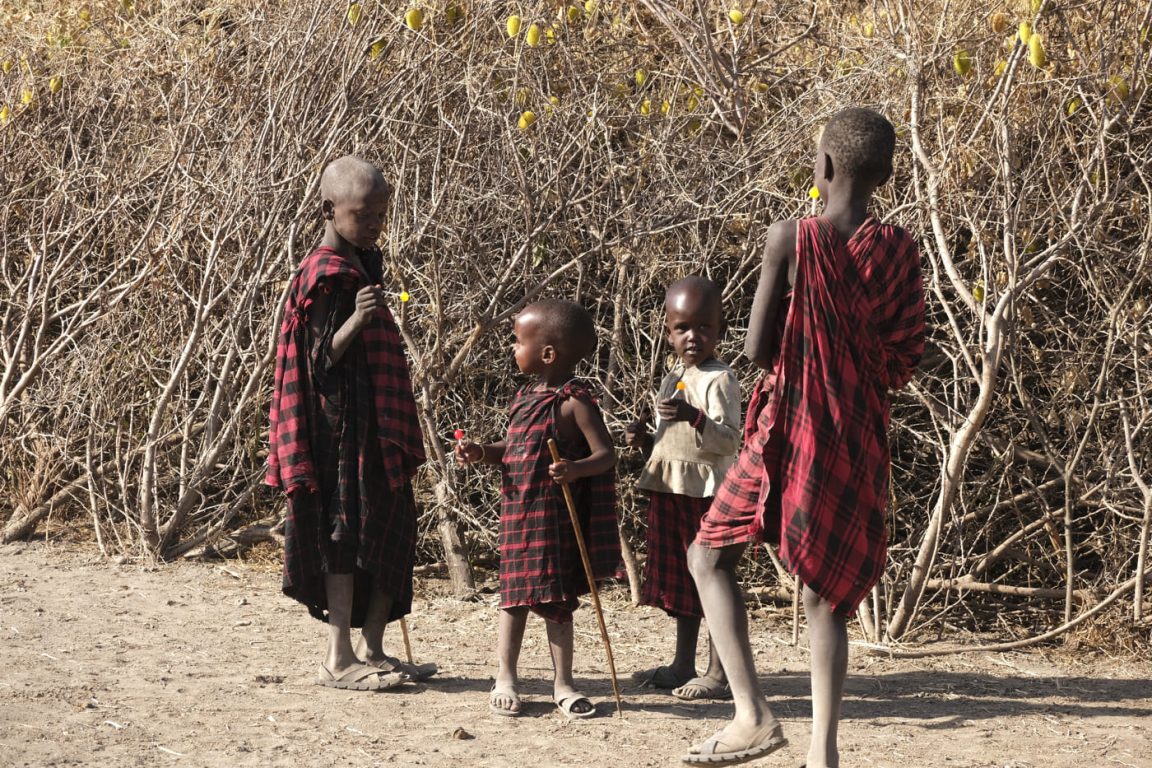
Below we share some curiosities, unique features, cultural interests and habits about the Maasai that we learned while visiting them in our Tanzania itinerary.
Curiosities and Unique Features of the Maasai:
- Nomadic Lifestyle: The Maasai are semi-nomadic, traditionally herding cattle across vast landscapes. This nomadic lifestyle reflects a deep connection to nature and a harmonious coexistence with the environment.
- Colourful Attire: Maasai dress in vibrant and elaborate clothing, adorned with intricate beadwork. The colours and patterns are not just for aesthetics but also convey social and cultural information, such as age, marital status, and even the weather.
- Traditional Dwellings: The Maasai live in traditional circular homes, constructed with a framework of branches and covered with a mixture of mud and cow dung. This unique architecture is both practical and sustainable, reflecting the Maasai’s resourceful way of life.
- Cattle as Currency: Cattle hold immense cultural and economic significance for the Maasai. They are not only a source of livelihood but also a symbol of wealth and social status. The number of cattle a family owns is a reflection of their prosperity.

Cultural Interests and Habits:
- Dances and Rituals: The Maasai are known for their energetic and rhythmic dances, often accompanied by chanting and the jumping dance, a spectacle where warriors showcase their strength and agility.
- Oral Traditions: The Maasai pass down their history and traditions through oral storytelling. Elders share tales of their ancestors, wildlife, and the significance of certain customs, keeping their rich heritage alive.
- Community Cooperation: Maasai society places a strong emphasis on community cooperation. The community comes together for tasks like house-building or herding, reinforcing their communal bonds.
Your Maasai village experience started with us buying some bananas and candies for the kids. When in the Baraka village, with Ruben, by the way, he speaks nice English, and everyone greeted us with warm hospitality.
We had the opportunity to engage with the community, ask questions, and learn about their way of life. We try to learn the basic dance steps. The Maasai are eager to share their customs, and your involvement adds a personal touch to the experience.


After visiting the village we went on a short walk until reached the school where Maasai kids are learning. At the time of our visit there weren’t are kids there but, we saw the school inside, very basic. On our way back to the village we stop at a baobab tree, as it’s important to Maasai. It symbolizes their connection with nature. Before we ended our visit, the Maasai women presented Sandrina with a beautiful bracelet, they made the bracelet from scratch and it is also a usual thing to do in the tribe.
Overall, visiting a Maasai village is not just a stop on your Tanzania itinerary; it’s a cultural immersion that opens a window into the resilience, traditions, and warmth of one of Africa’s most iconic ethnic groups. It’s a moment to connect with the human tapestry woven into the fabric of Tanzania’s diverse and fascinating landscape.
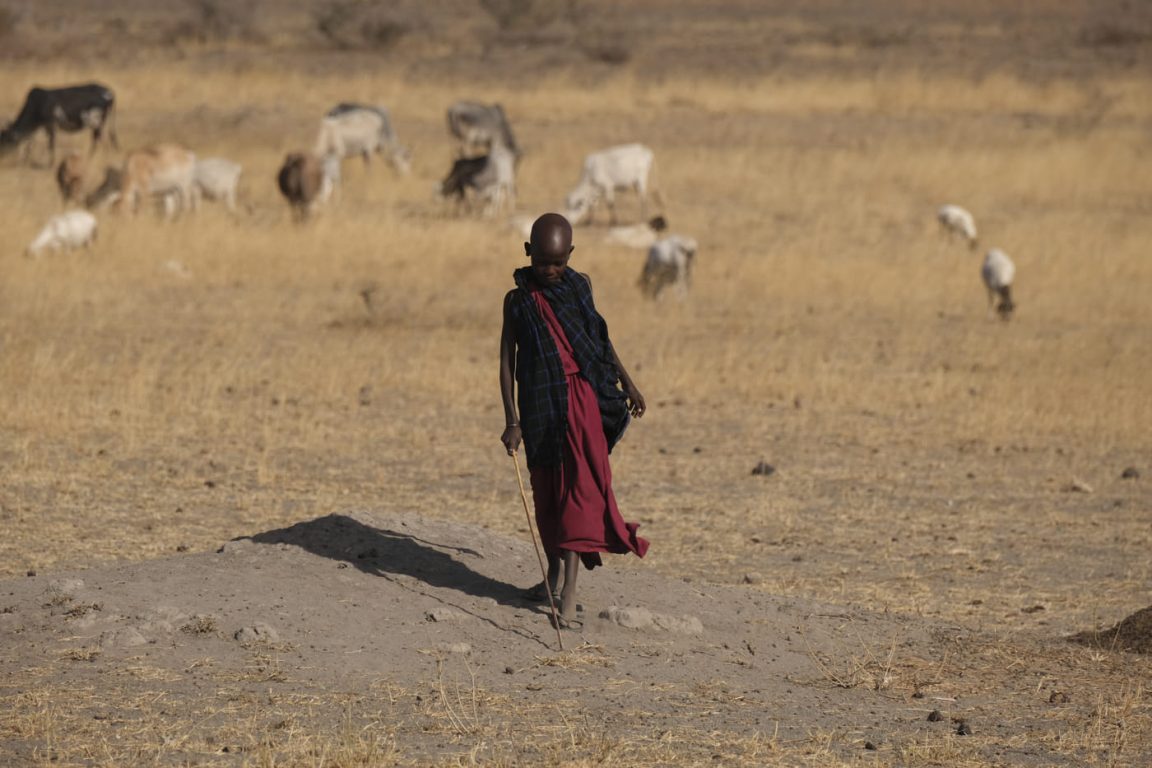
After the Maasai encounter, we went back to the village and explored a little bit of the local market and visited a banana plantation where we had lunch. We love local markets, they are always full of life, we saw many fruit stalls and also, colourful clothes. It is a nice place to buy something, as you are giving back to the community.
Then we headed to a place where we learned more about the use of bananas. Tanzania is home to a variety of bananas, each with its unique flavour and texture. From the sweet and small “ndizi” to the larger and starchier “matooke,” the country’s banana diversity provides a versatile ingredient for both savoury and sweet dishes.
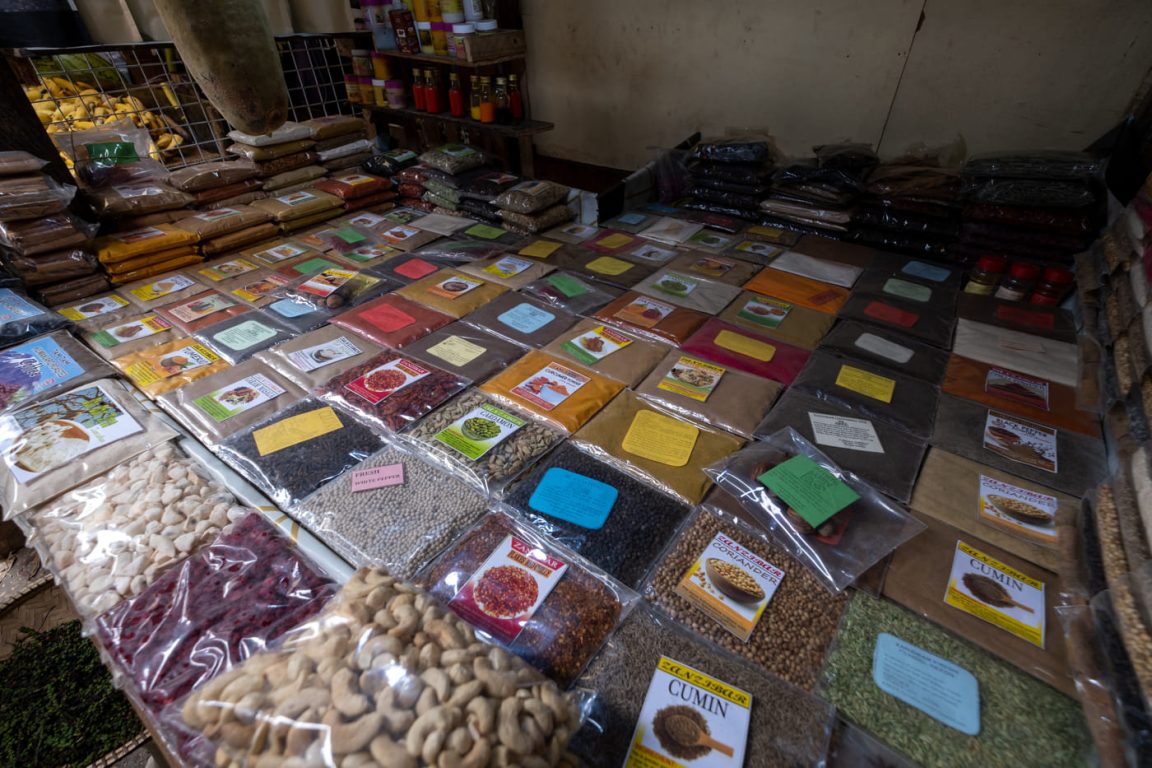
Bananas serve as a staple food source for many Tanzanians. They are a readily available and affordable crop, making them a crucial component of the local diet. Whether consumed fresh or cooked, bananas contribute to the nutritional foundation of Tanzanian meals.
Banana cultivation is a significant economic activity in Tanzania, providing livelihoods for many farmers. The country’s favourable climate allows for year-round banana production, contributing to both local consumption and export.
We had the chance to try banana beer and banana wine, but we are not fans. For us, bananas are good to eat just like that, plain. At lunchtime, we ended up at a banana plantation, where some local woman cooked for us a delicious meal. Everything was so good and we did enjoy the time we had there and the place.
In the afternoon, we hit the road until reached Moshi, where we spent the night before heading to Mkomazi on the next day.
Mkomazi National Park
Nestled between the slopes of Kilimanjaro and the Usambara Mountains, Mkomazi National Park is a hidden gem waiting to be discovered. This off-the-beaten-path destination offers a unique and pristine wilderness experience, making it a must-visit on your 10-day Tanzania itinerary.
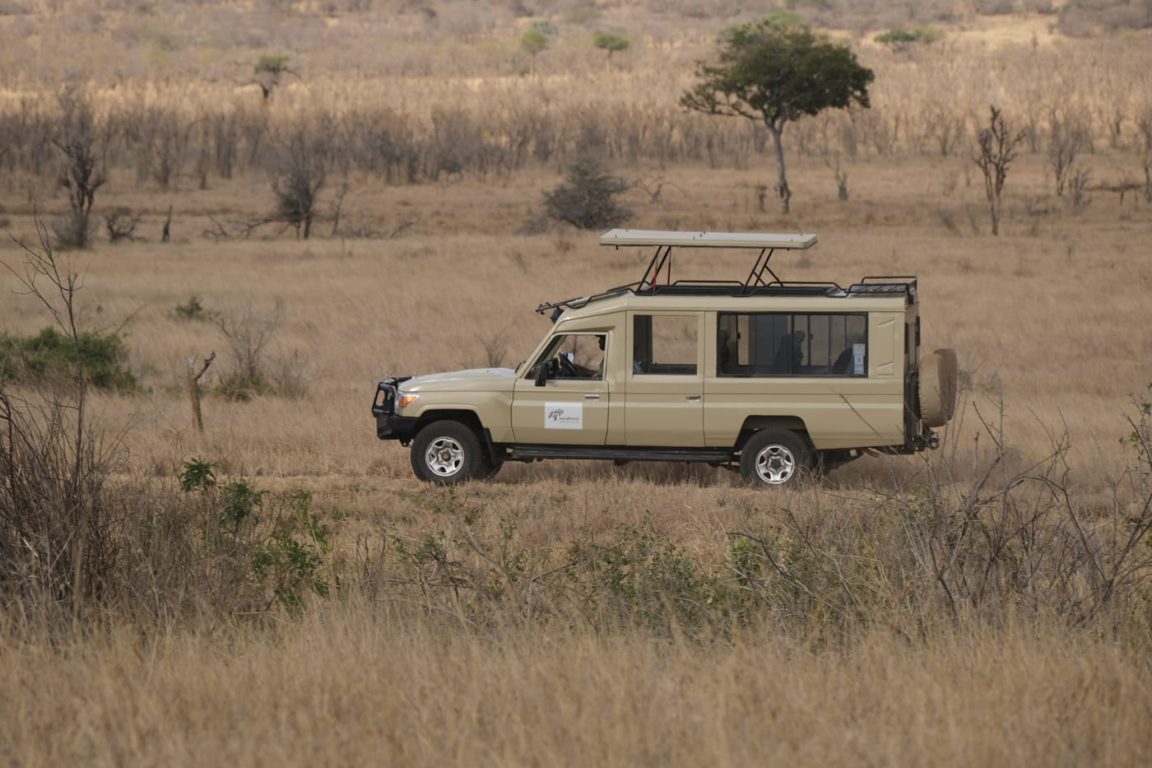
When we thought about our Tanzania itinerary we wanted something not well-known, so Mkomazi was the perfect choice.
To reach Mkomazi from Moshi, where we stayed for the night, the most common route is a picturesque drive that takes approximately four hours. The park entrance is easily accessible by road, providing an opportunity to soak in the stunning scenery along the way. Guided tours and safari packages often include transportation from Moshi to Mkomazi, ensuring a seamless journey.
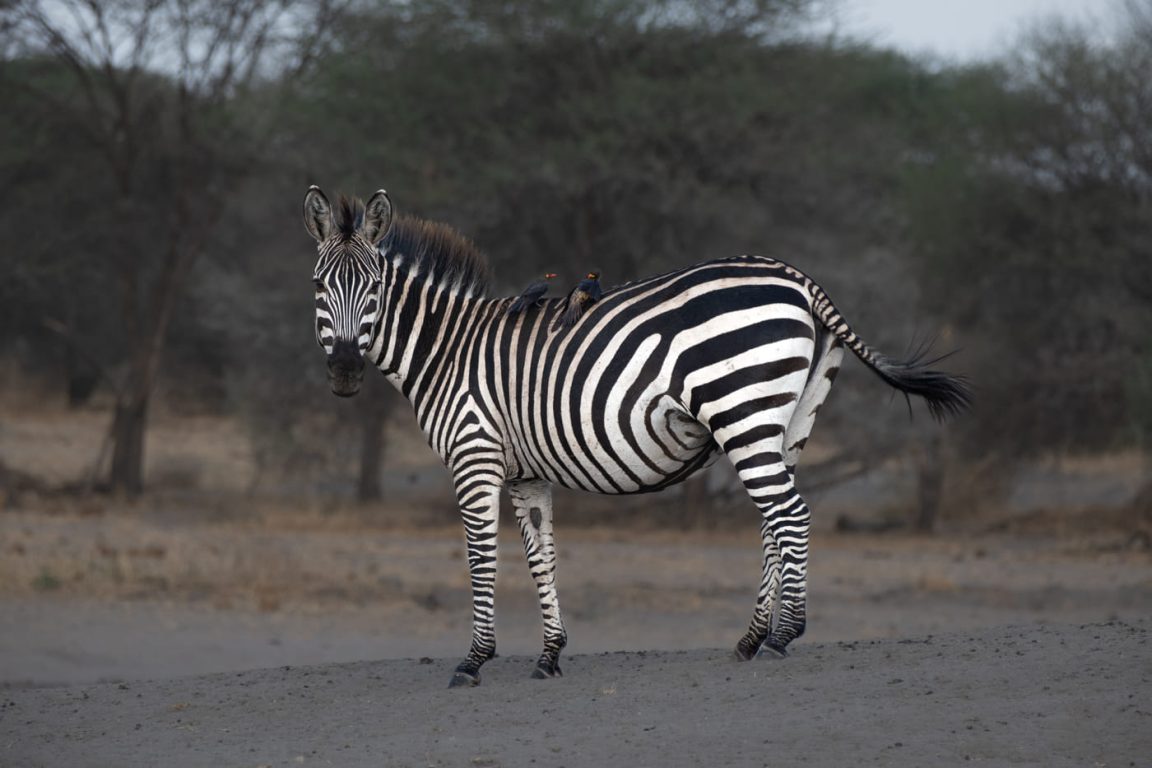
We arrived before lunchtime, and as we stayed inside the park for the night we had time for driving around the park. After we took our things to Mkomazi View Camp, our home for the night and had a delicious lunch in a tent.
Mkomazi View Camp was one of our favourite places to stay on the whole trip. So, in this Tanzania itinerary, we need to share some points. It is very isolated, surrounded by rolling hills, and located on a slope with views across Watershed Valley. They rely on solar power energy, so energy and water must be reduced to the minimum. There is a dining tent where we had our meals and you can charge phones and cameras there. Our bedroom tent was very comfortable, with a nice bed, a bathroom and the best part, an enclosed shower (under an African sky). For taking a shower you must tell the staff, next they will heat the water and bring it to the 25l water tank outside your tent.
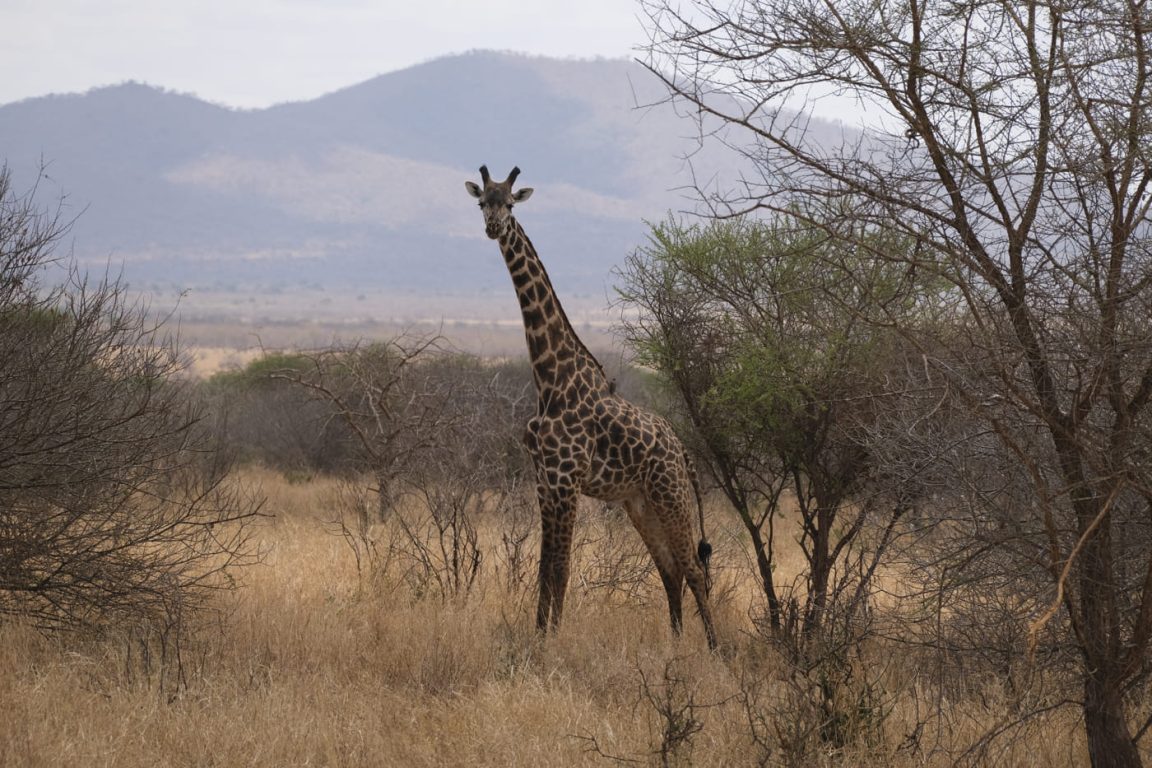
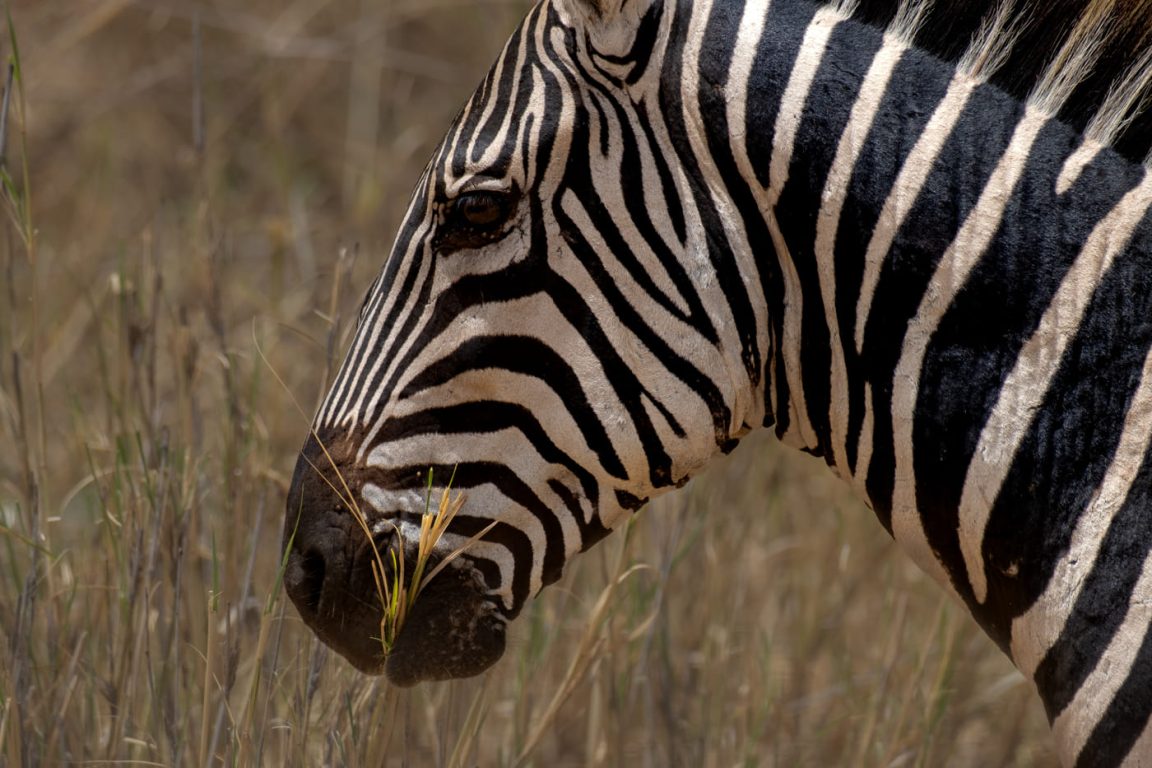
It was such an experience, we loved it. But, you have to be very conscious about it. Being so isolated you have to keep in mind not to waste water or energy and reduce your footprint to the lowest. Also, don’t expect any cellphone connection, we didn’t have, and we enjoy it.
There are many activities to do in Mkomazi. The park offers thrilling game drives, allowing visitors to witness the diverse wildlife that inhabits the park. From herds of zebras and giraffes to the elusive predators, the park’s game drives provide an immersive safari experience.
With over 450 bird species, Mkomazi is a haven for birdwatchers. The park’s varied habitats attract a rich diversity of avian life, making it an ideal destination for ornithology enthusiasts.
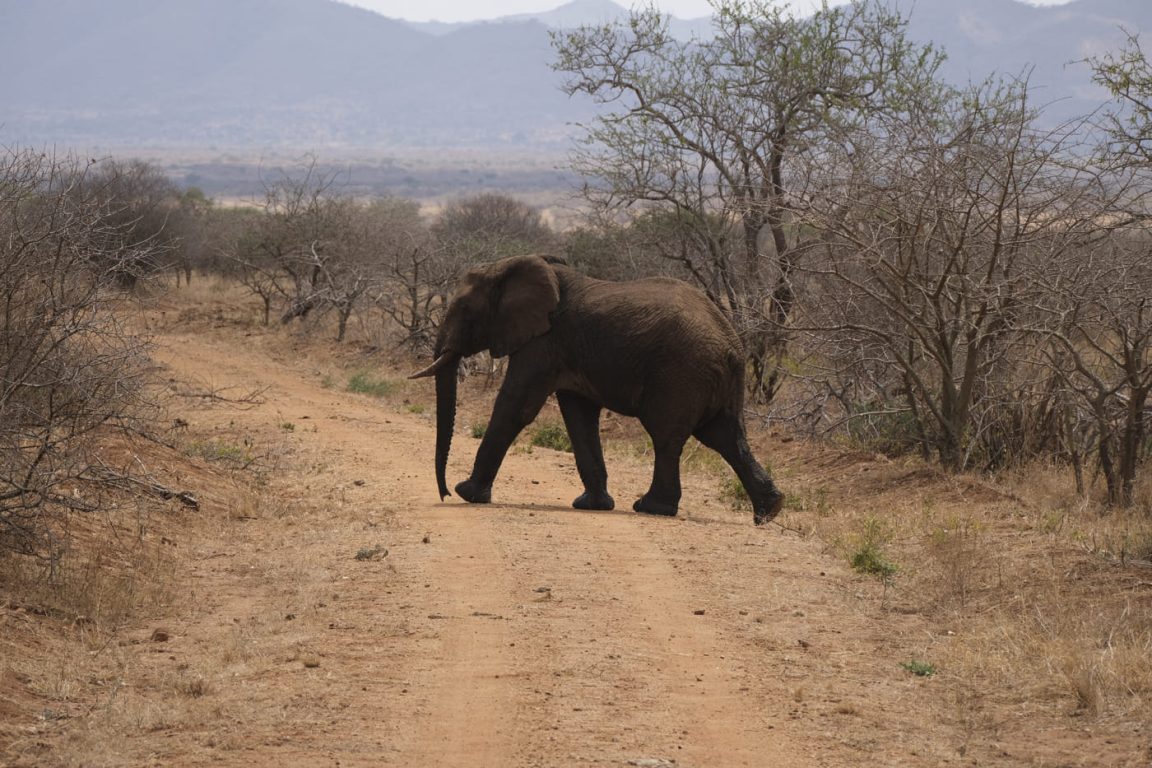
Mkomazi National Pak is committed to wildlife conservation. Visitors can participate in guided tours that provide insights into the park’s conservation initiatives, offering a behind-the-scenes look at the efforts to protect endangered species.
In the late afternoon, we went for a bush walk in the park. Bush walk means we were walking in the park area, with a park ranger and encountered wild animals. Of course, everything was safe and our guide knew what to do and where to go. Besides, we didn’t get too close to wild animals, for obvious reasons.
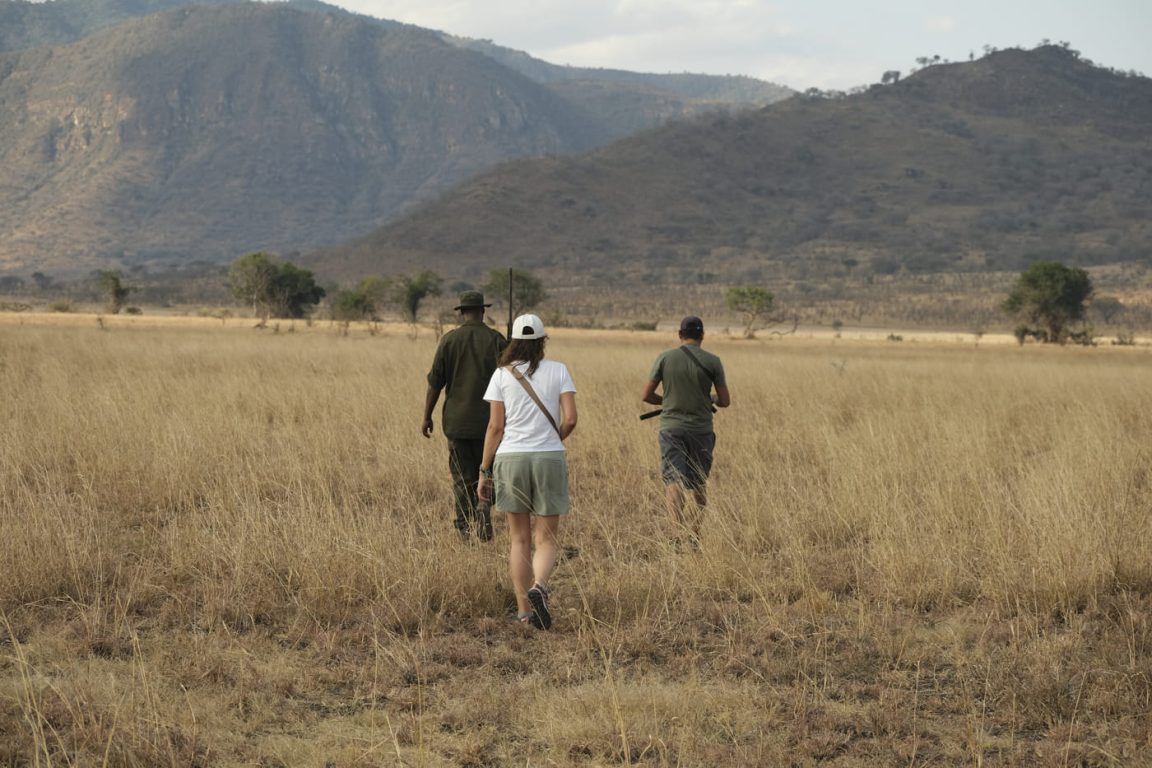
It is scary!? A little bit…in one encounter with a group of elephants, there was a small calf, and the mother had her trunk lifted to smell us and warn us to not come close, she was trying to protect the baby. Everything went fine as we hid in the bush and the scent was masked. Almost at the end of our bush walk we even had the chance to see a large group of elephants at the pond.
With this walk, we could see the breathtaking landscape. The park’s landscape is diverse, ranging from open savannahs to acacia woodlands and riverine ecosystems. The thrilling scenery is complemented by the backdrop of Kilimanjaro, creating a surreal and picturesque setting.
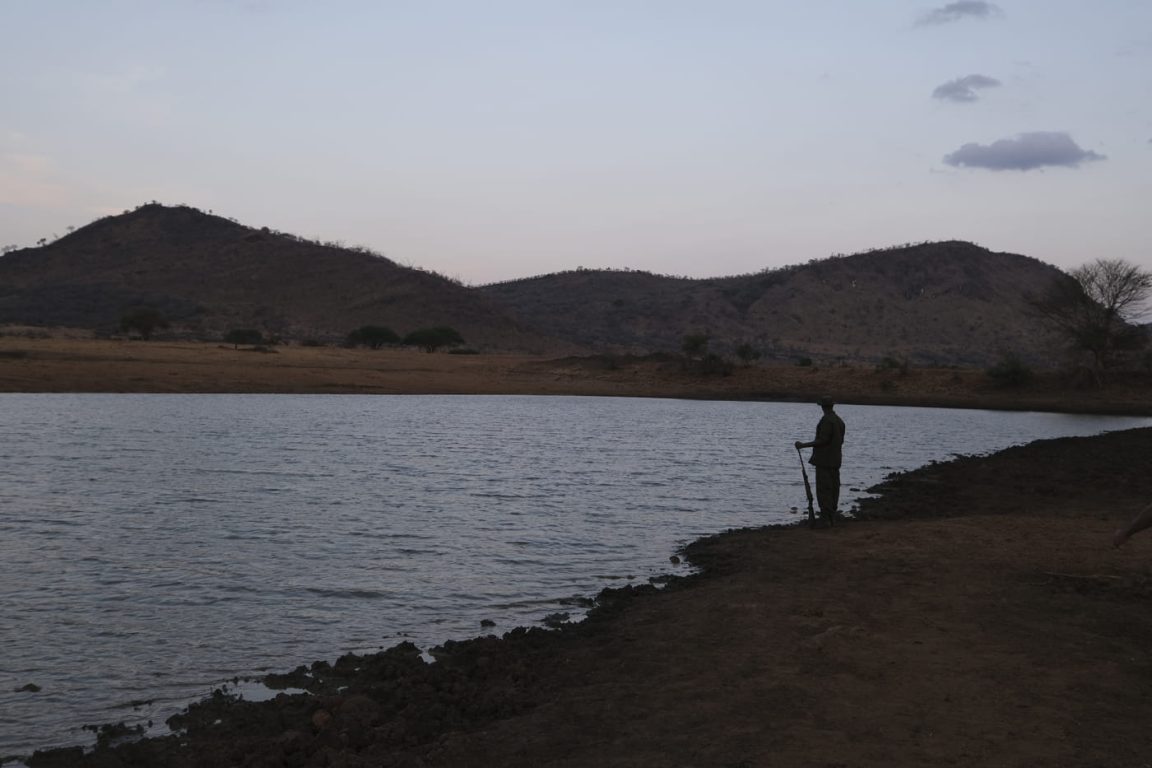
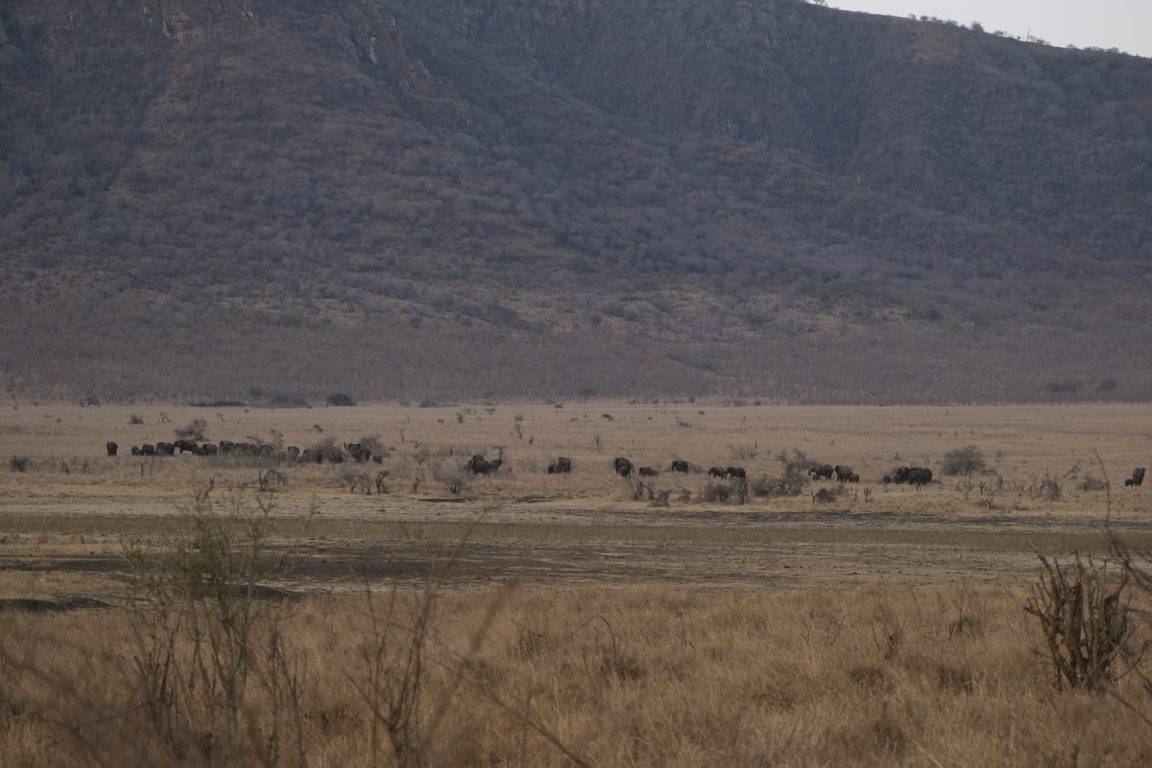
On the second day at Mkomazi, we woke up early in the morning, had breakfast in the tent and went to visit the rhino sanctuary. Due to years of poaching rhinos were driven to extinction. But since 1989 the Government of Tanzania has worked to undertake a rehabilitation programme for Mkomazi, which includes restoration of habitat and reintroducing a tiny population of eastern black rhinos.
Can you believe it in the 1960s, 200 eastern black rhinos were living in the area; by 1985, there were none.
The park’s personnel has kept up with the influx of new team members needed for the rescue, treatment, and rehabilitation of sick, injured, and orphaned black rhinos, in line with the rhino population growth. They were been very successful in protecting rhinos, with the population growing every year and no signs of poaching.
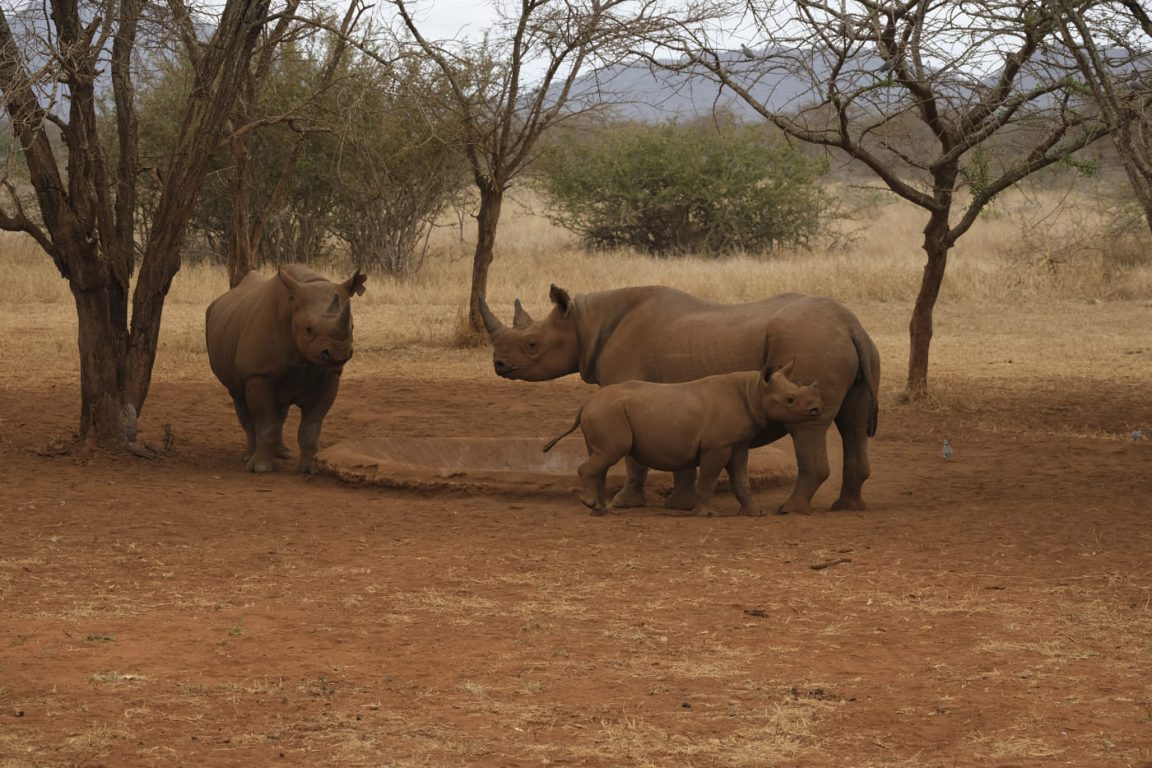
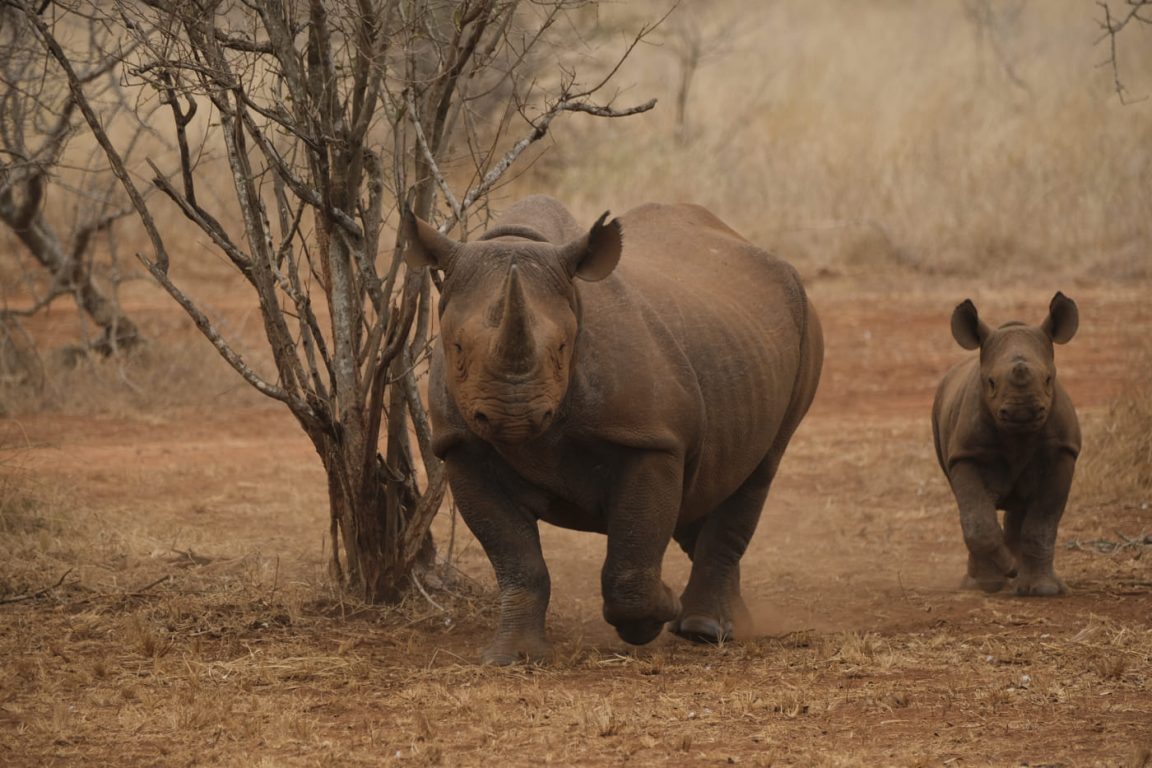
For visiting this part of Mkomazi we were briefly introduced to the history of rhinos in the park and information about the work they do. This is so important, tourists must be conscious about decreasing species and why this happens, so that in the future we can do it better for the animals and the Planet.
After, we had to leave our car and to see the rhinos you had to go in their cars. This is for protection, as rhinos tend to be aggressive. We then drive around until find the rhinos, keep in mind if you visit in the morning it will be a good option as the rhinos probably be refrehing at the pond.
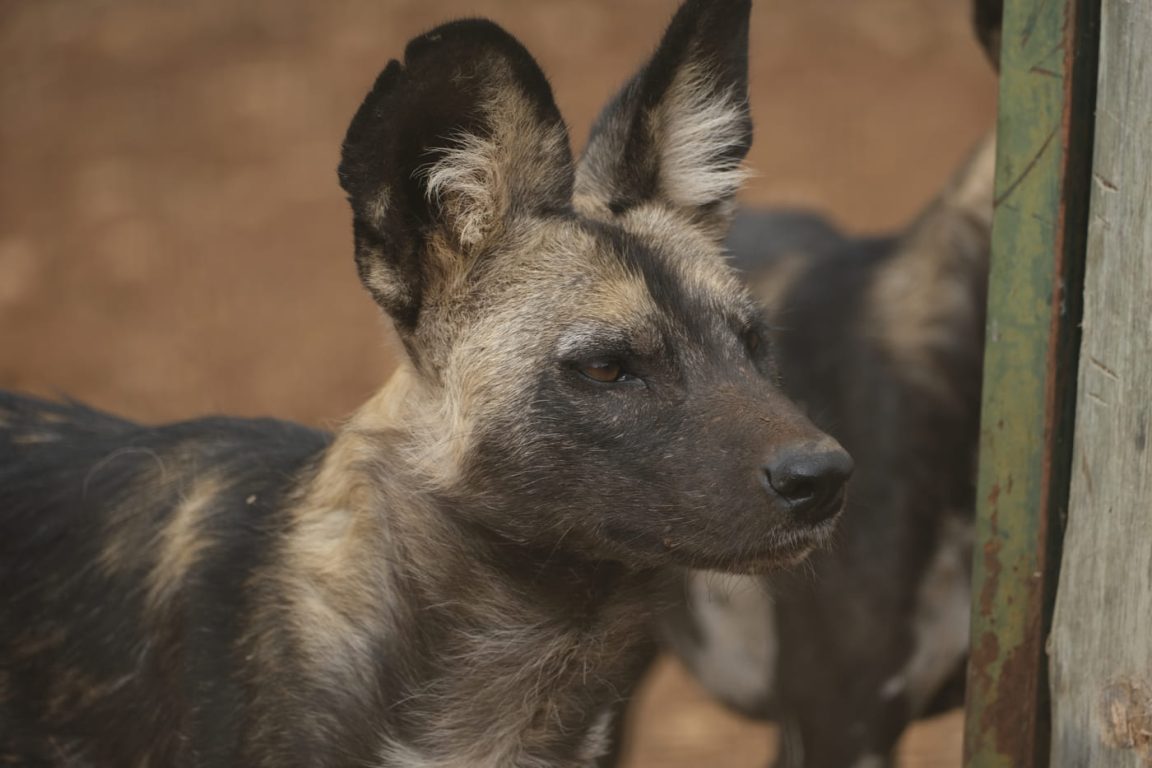
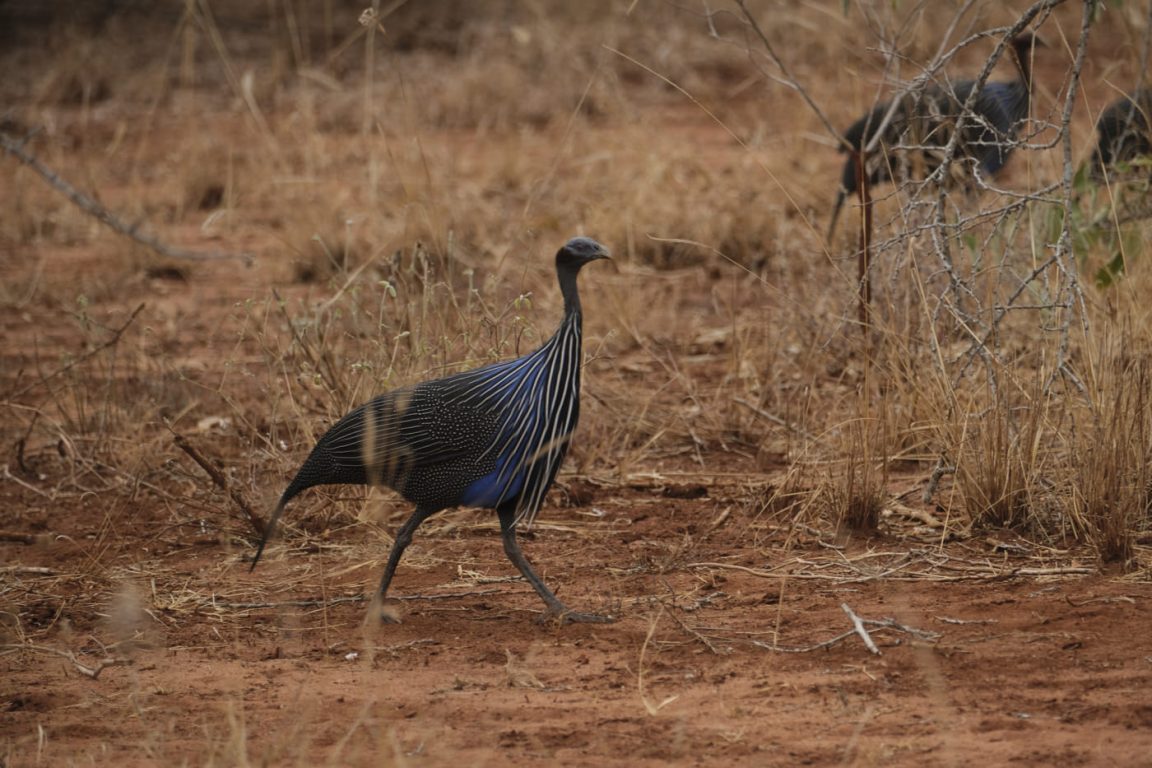
There is also a quiet part of the park dedicated to highly endangered wild dogs. They are trying to re-introduce a small population in Mkomazi.
Mkomazi National Park is a testament to Tanzania’s commitment to preserving its natural heritage. From unique wildlife encounters to immersive cultural experiences, Mkomazi adds a distinctive and enriching chapter to your Tanzania itinerary, so don’t skip it.
Usambara Mountain
After Mkomazi we were very sad to leave it. But, the next enchanting chapter of your Tanzania itinerary unfolds in the Usambara Mountains, a captivating destination offering lush landscapes, vibrant culture, and a refreshing retreat from the ordinary.
From Mkomazi, your journey to the Usambara Mountains is an exploration of Tanzania’s varied landscapes. The most common route involves a scenic drive, taking approximately five to six hours. As we approached the mountain landscaping was turning from arid with brown colors to green lush scenery.
We stay at Irente Farm Lodge, nestled in the picturesque landscapes of the Usambara Mountains. The place is so calm and invites you to immerse in the natural surrounding beauty. This eco-friendly lodge offers a unique blend of comfort, sustainability, and a genuine connection to nature. The privileged location has panoramic views of the lush hills and valleys. It is also a good place to find wildlife, one day we spotted a bushbaby hanging out in the tree.
They have basic rooms but, it is also possible to camping there, in fact we saw a couple doing it.
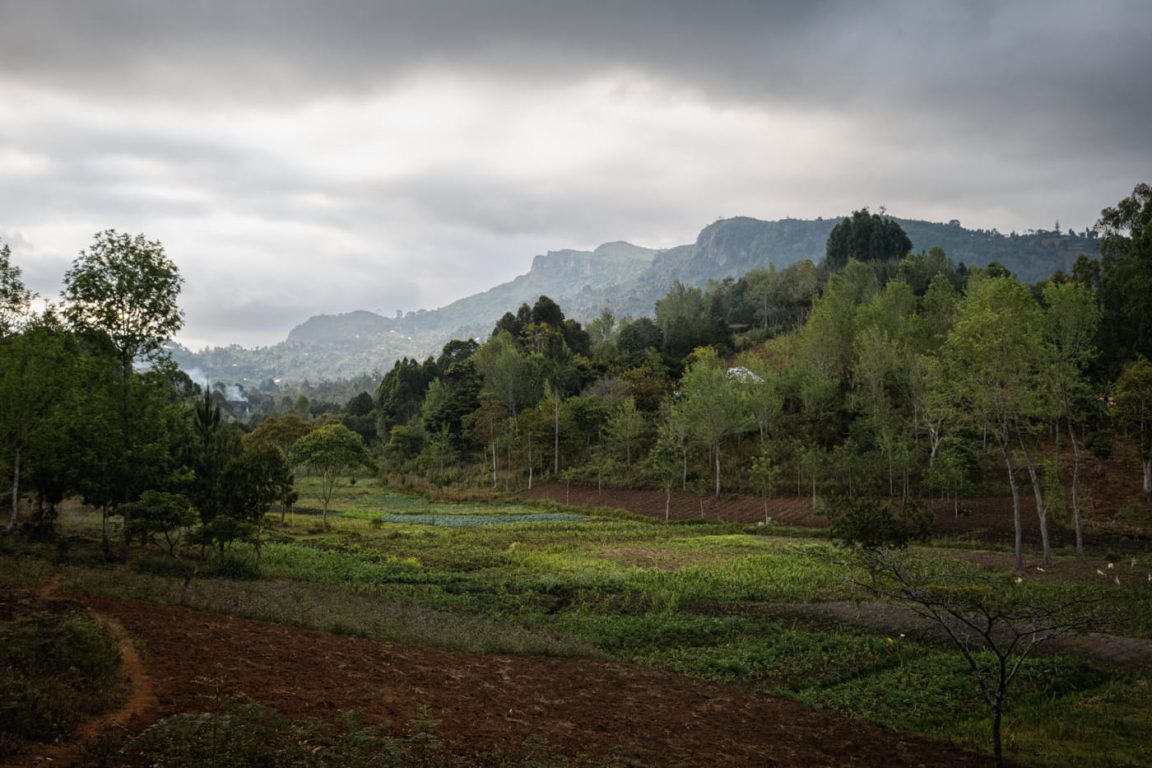
One of the highlights of Irente Farm Lodge is its commitment to sustainable and locally sourced cuisine. The lodge operates its own organic farm, ensuring that the meals served are not only delicious but also environmentally conscious. As a guest, we could taste fresh produce, dairy, and homemade bread, cheese, butter and vegetables. This contributed to a farm-to-table dining experience and from what we ate it was so delicious.
The lodge has a community engagement, is deeply rooted in the local community and is always giving back through different initiatives. As a guest you will have the opportunity to engage in cultural exchanges, whether it’s participating in village visits, interacting with the friendly staff, or supporting local initiatives.
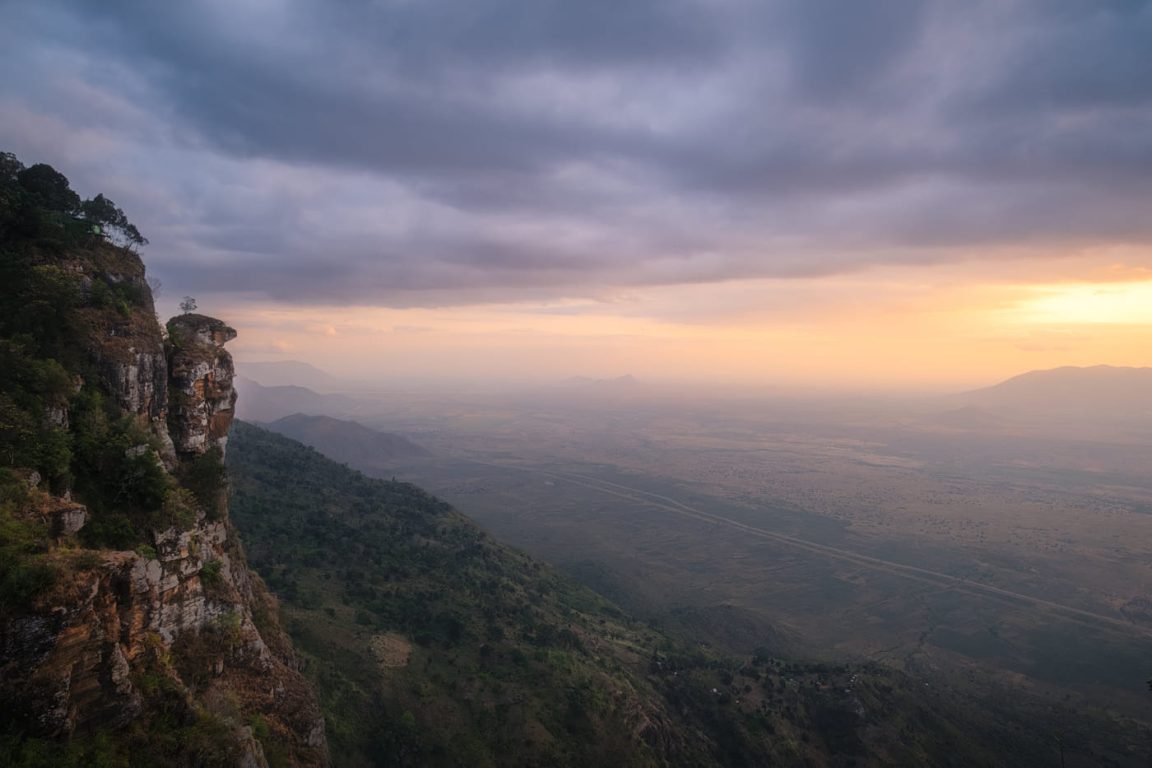
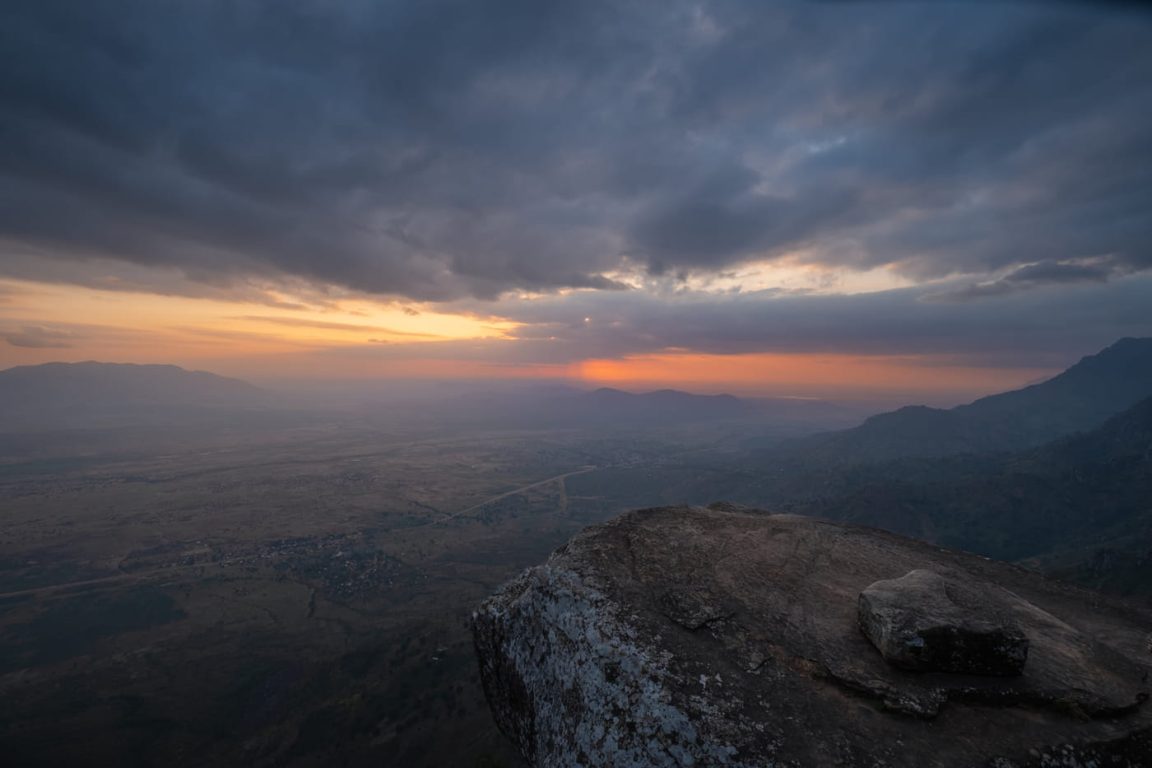
If you are in the mountain you have to explore. On the first day, we didn’t have much time, so we did a short walk with a guide to the Yogoi viewpoint. It’s not as popular as the Irente viewpoint, but it is also extraordinary and with zero tourists. The views were so superb we ended up staying until the sunset.
Magamba Nature Forest Reserve
On the next day, it was settled to explore the Magamba Nature Forest Reserve. We had planned to do it in the morning and the afternoon to explore the Kisasa waterfalls.
On our way to the Magamba Nature Forest Reserve, we even had time to visit a healer. In many African countries healers are very popular. They are seen as the ones taking all the troubles in your life away.
The traditional healers, often referred to as “waganga” in Swahili, play a significant role in the communities, blending ancient wisdom with natural remedies to address physical, mental, and spiritual well-being. Traditional healing knowledge is typically passed down through generations within families or apprenticeships. The wisdom encompasses a profound understanding of local flora, the spiritual realm, and the balance of energies. This oral tradition ensures the preservation of ancient practices that have been refined over centuries.
The healer we visited had employed a variety of methods to diagnose and treat ailments. He includes herbal remedies derived from the abundant plant life of the Usambara Mountains, spiritual rituals, and divination practices. Also, incorporate elements of prayer, meditation, and energy balancing into their treatments.
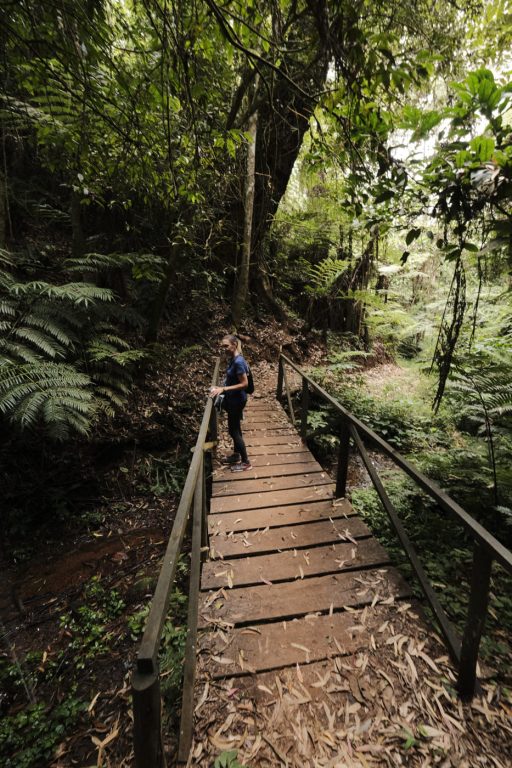
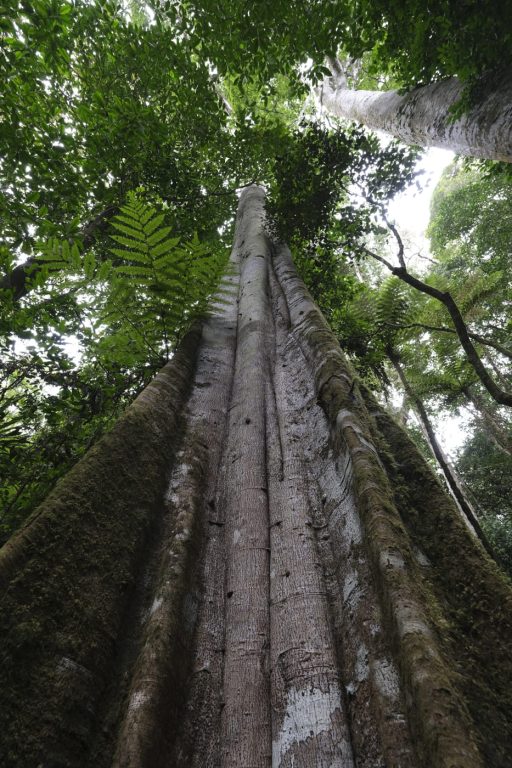
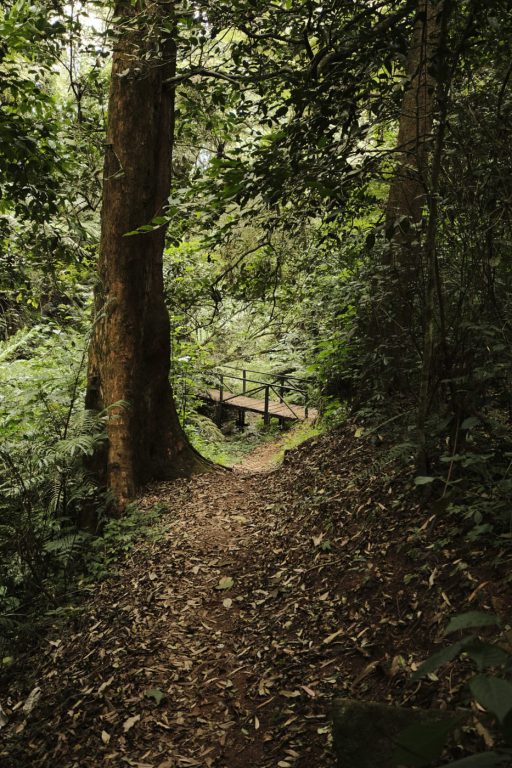
Moving on, we reached the entrance of the Kwesimu trail in the Magamba Nature Forest Reserve. The Nature Forest Reserve unveils a pristine wilderness, inviting travellers on your Tanzania itinerary to explore its rich biodiversity and scenic beauty.
As we entered we were marvellous by the lush green. The forest is home to a variety of plant species, including rare orchids and towering trees. Birdwatchers will delight in spotting endemic and migratory bird species that inhabit the reserve.
The reserve is adorned with picturesque waterfalls and crystal-clear streams, creating serene spots for nature enthusiasts. The resident primates include colobus monkeys and vervet monkeys. The canopy echoes with their playful chatter, adding an element of wildlife intrigue to your exploration. Unfortunately, we weren’t able to see them.
However, we did see chameleons, they are everywhere in the forest but, very hard to spot. These charismatic reptiles, known for their ability to change colour, navigate the diverse habitats of the mountains, from dense forests to open clearings. Chameleons are renowned for their exceptional camouflage abilities so, we got lucky to find it.
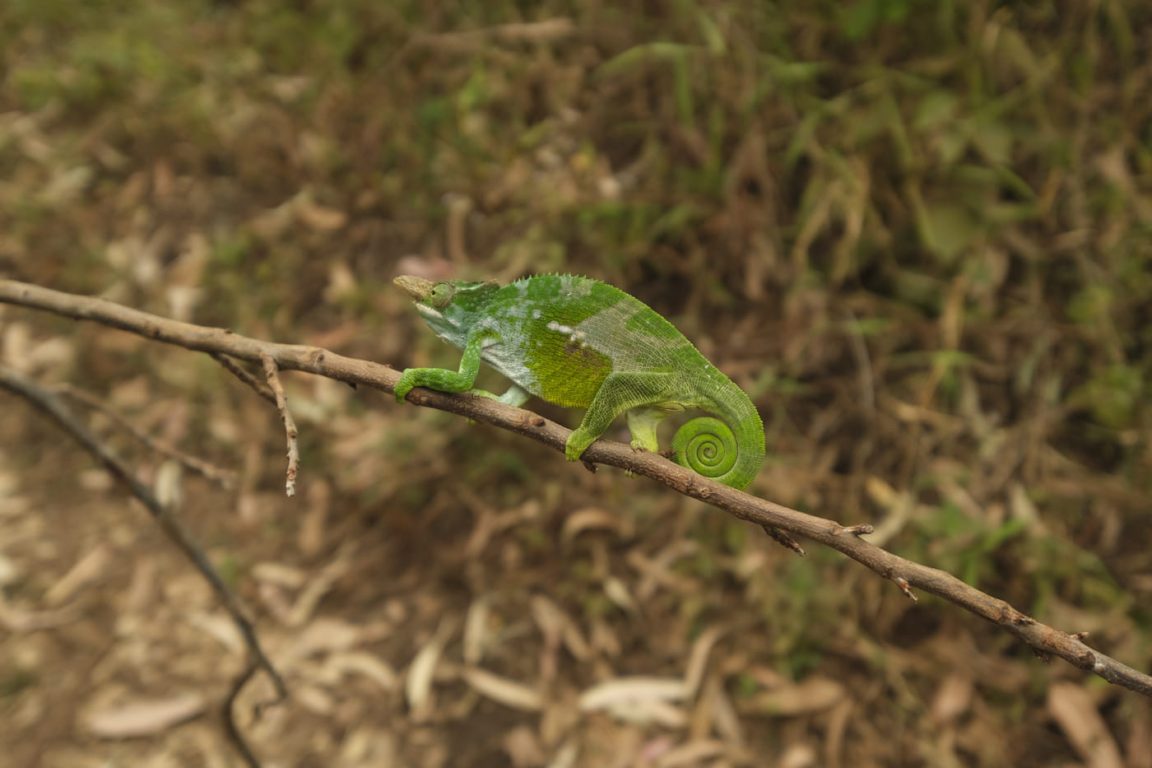
Magamba Nature Reserve offers a network of well-maintained hiking trails suitable for varying levels of expertise. Our trail gets us to Hakwewa Peak, where you can have a wonderful view of the hills.
One of the things we did like is, that the reserve is actively involved in conservation initiatives. Visitors can learn about ongoing projects aimed at preserving the unique biodiversity of the Usambara Mountains and supporting sustainable tourism practices.
Magamba Nature Reserve stands as a key highlight on our Tanzania itinerary, offering a perfect blend of adventure, natural beauty, and cultural richness. Whether you’re an avid hiker, nature lover, or cultural explorer, this reserve provides a memorable and immersive experience within the heart of the Usambara Mountains.
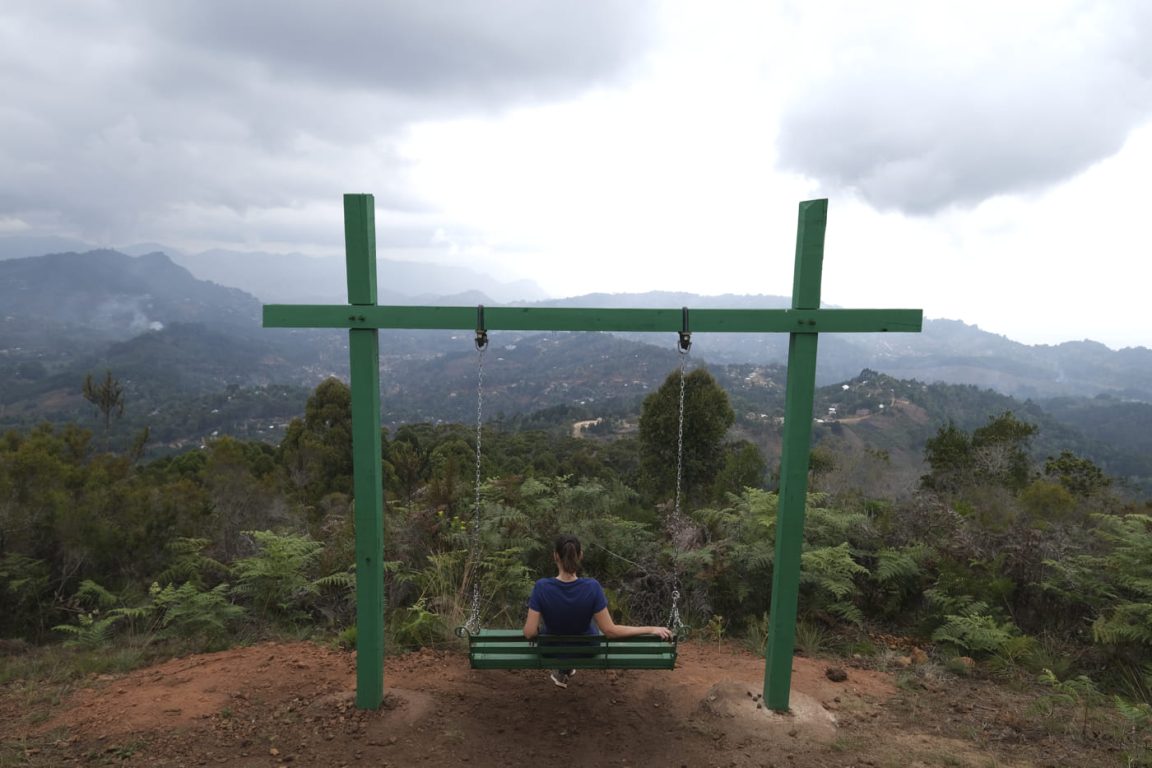
After the hiking trail, we did need to eat something, so we ended up in Lushoto center to grab a bite. Lushoto is surrounded by rolling hills, terraced fields, and dense rainforests, creating a breathtaking panorama that unfolds with every turn. The town’s elevation provides cool and refreshing air, making it a perfect escape from the coastal heat and adding to the overall appeal of this mountainous haven.
In the afternoon, we went for another trail, this time to seek the Kisasa waterfalls. Emerge as a hidden gem, this waterfall adds a touch of natural splendour to your Tanzania itinerary. Cascading through verdant landscapes, these falls offer a serene retreat and a visual symphony that captivates the senses.
Reaching the Kisasa Waterfalls often involves a scenic hike, weaving through the lush vegetation of the Usambara Mountains. As we traverse the trails, the anticipation builds, leading to a crescendo as the falls come into view, rewarding us with a tranquil and rejuvenating atmosphere. Keep in mind to wear comfortable hiking shoes. When we returned from the waterfall, we even had time to see a chameleon hiding in a tree.
Our time in Usambara Mountain was short, there is so much to see and do. If you have more time in your Tanzania itinerary Usambara is definitely a place to take it easy, and spend more time exploring and enjoying the mountain.
Pangani
In our Tanzania itinerary, we wanted to experience everything, so we started with a safari, went to the mountains and then to the coast of the country.
As we traverse through Tanzania’s diverse landscapes, your journey takes a delightful turn toward the coastal town of Pangani. Nestled along the Indian Ocean, Pangani is a charming destination that seamlessly blends history, culture, and pristine beaches into a captivating experience.
Pangani is not a popular place among tourists, normally the place receives local tourists. But, for us, it was the perfect place to relax and enjoy peace after some tiring days.
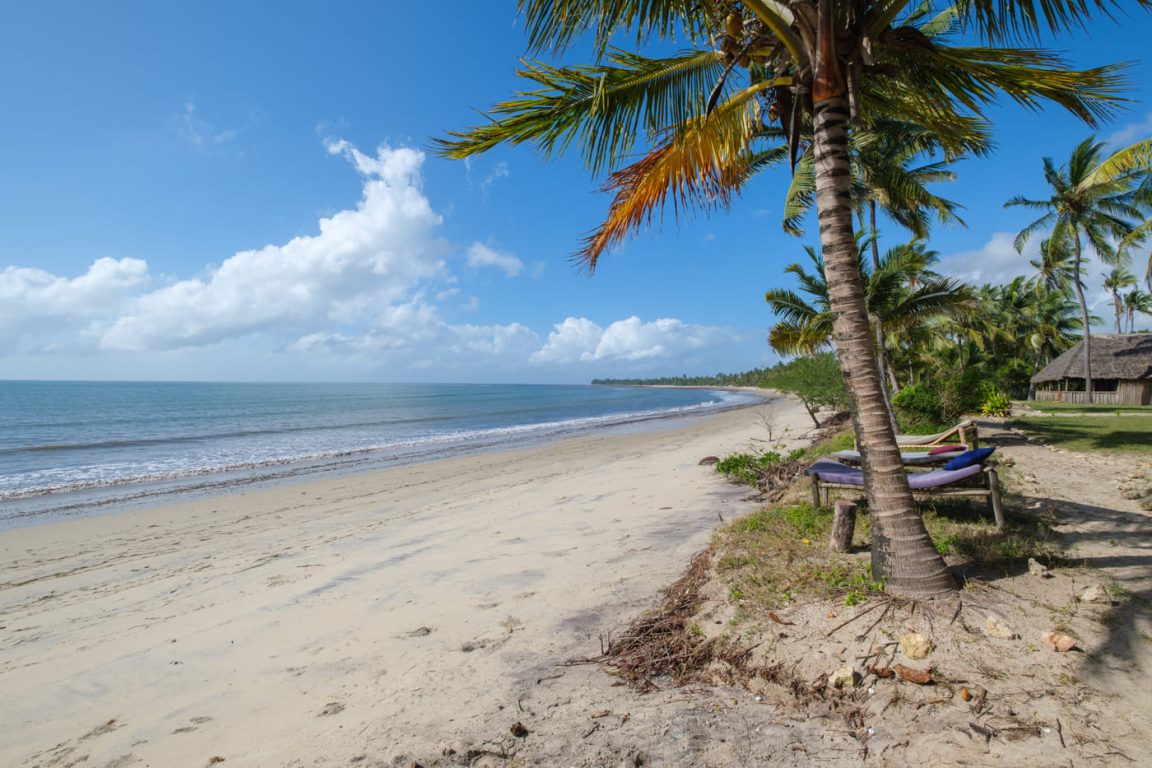
From the Usambara Mountains, the journey to Pangani is an exploration in itself. A scenic drive of approximately five/six hours unveils the transition from the lush greenery of the mountains to the coastal plains. We are not going to lie, this was a hell of a road trip. As we approached the coast the road changed from paved to dirty road.
Our driver was a little bit apprehensive because it was raining the day before, and the road wasn’t in good shape, so the worst happened. We got stuck on the road, our van didn’t survive the dirty road, the driver did what we could to keep going but, it wasn’t possible.
Luckily in Tanzania, there is always someone around to help you, and we were rescued by a friend we met days before in Tarangire. We came to pick us up with his jeep. While we waited we tried to take the van from the dirt, we pushed it and when we were about to give up we managed to set it free.
For precaution we went with our friend in the jeep but, the van followed us until we reached a good road. This is a thing we love in Tanzania, even if you don’t speak the language, if you are in trouble someone will help you, and no one is left behind.
Finally, we reached Pangani and our plan for the end of the day was to relax at the beach. We stayed in a property right on the beach. Pangani has an extended beach and we seem to be the only tourists there. Our meals were on the property, you can cook if you want but, we ‘rent a chef’. Muddy, our chef was a local guy who knew how to cook, and actually, he did cook really well. We eat fresh fish and local vegetables, delicious.
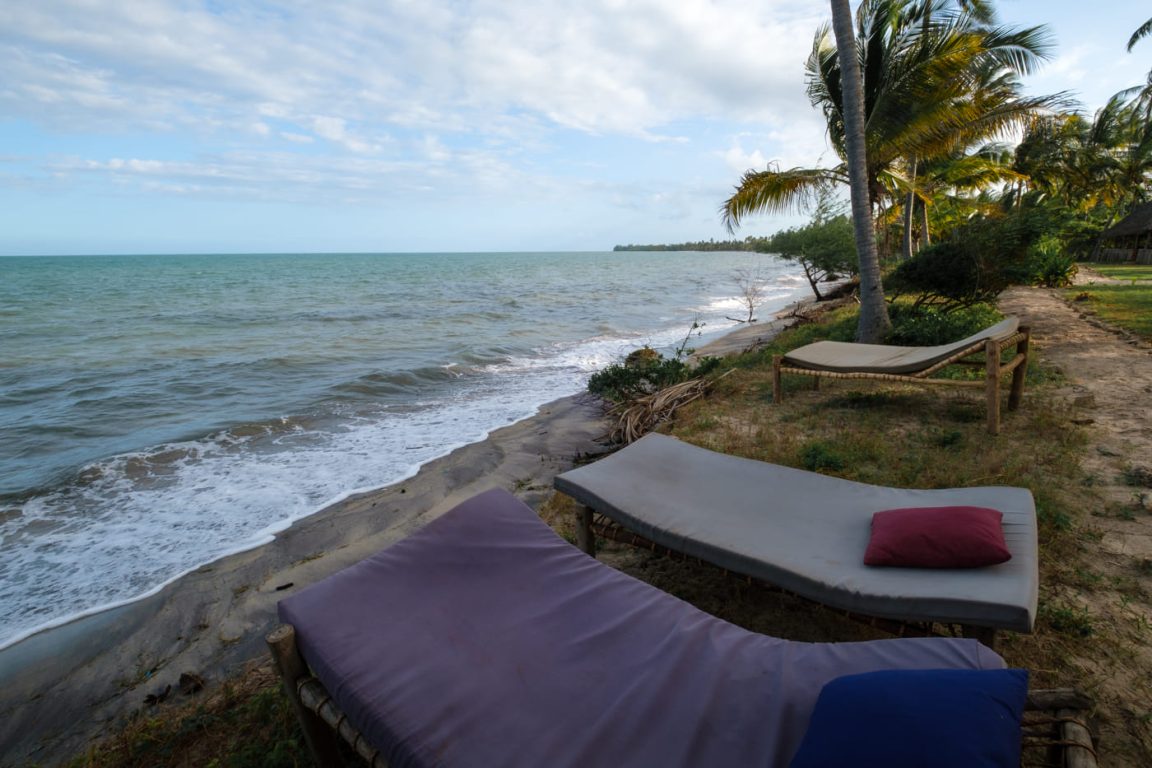
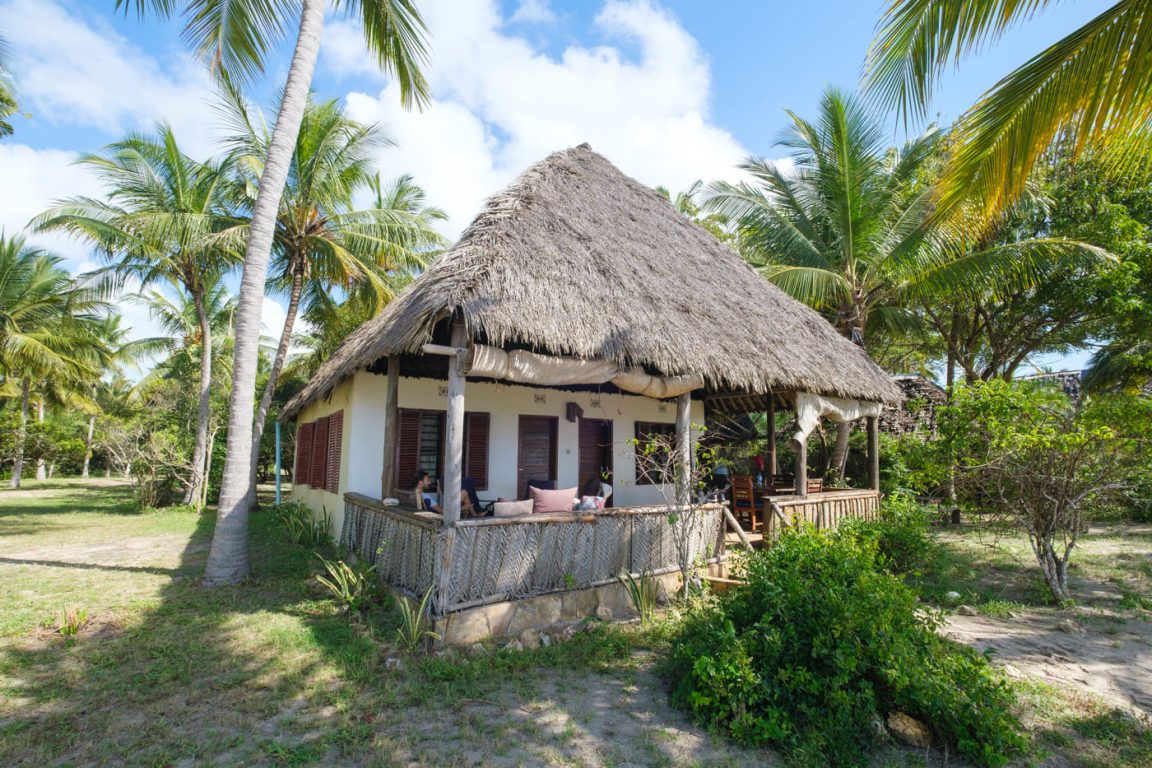
Pangani’s coastline is adorned with pristine, palm-fringed beaches. The azure waters invite relaxation, making it an ideal spot for unwinding after your inland adventures.
That is what we did the next day, relaxing. We went to a beach walking in the morning, before the sun got too intense. Then we watched the local kids play around at the beach and fishermen catch some fresh fish.
Off the coast of Pangani lies a marine wonderland. Snorkelling and diving enthusiasts can explore vibrant coral reefs teeming with colourful marine life. The underwater world there is a treasure trove for those seeking an aquatic adventure. For the best experience go to Maziwe Island, just about 15 miles from the coast.
Maziwe Island is the oldest marine reserve in Tanzania, over the years, a huge effort has been made to preserve the site. You can encounter almost 400 species of fish in the marine reserve and several underwater plantations along the corals. The island is also one of the green turtle nesting areas. You can visit the nesting sites and learn their breeding behaviours. Boat tours operate from the coast of Pangani to Maziwe.
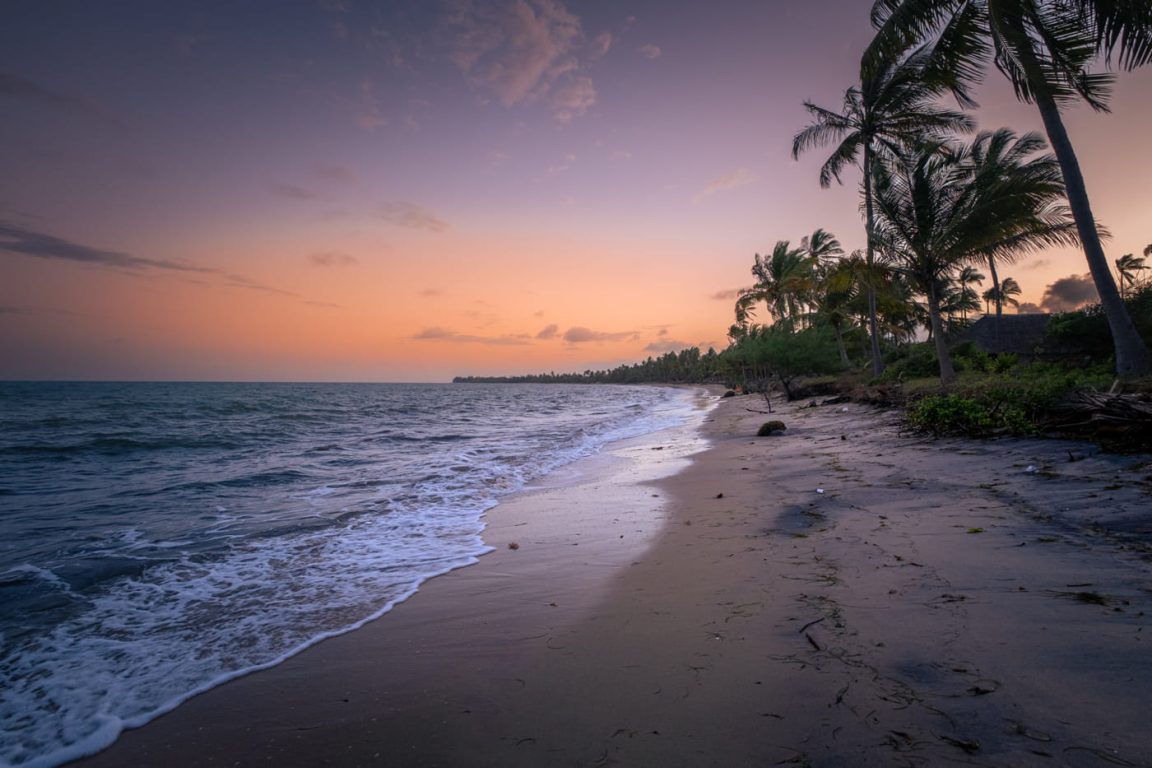
Pangani boasts a rich history as a former Arab trading port. If you want to take a break from the beach, check out the town center. The architecture reflects its Swahili, Indian, and European influences, with well-preserved buildings that tell tales of its vibrant past. In the Pangani’s historical district, you will find ancient buildings, including the Old Boma, a former administrative center
The next and last place on our Tanzania itinerary was Zanzibar. From Pangani to where you can find boats. Keep in mind they are not big ferries but they are safe as the sea is usually calm.
Zanzibar
As our Tanzanian adventure unfolds, the final leg of the journey brings us to Zanzibar – an archipelago off the coast that enchants visitors with its rich history, vibrant culture, and pristine beaches.
From Pangani, the journey to Zanzibar is a seamless transition from coastal town to tropical paradise. Depending on your preferences, from the Pangani coast you can arrange a boat to Kendwa Rocks in Zanzibar. The boat it’s not a big ferry but, the sea it’s not rough, so no problem with the trip. It will take approximately 1h30 to reach the island.
Alternatively, there seem to be flights operated from Pangani to Zanzibar for a quicker and more convenient option. We don’t have much information on this, as we took the boat. But, probably it’s a small plane. Our advice is when you book your Tanzania itinerary through a safari company, ask them all the details. For us, Tarakwai took care of the boat and we didn’t have to worry about it.
Once Kendwa Rocks is a different place from Pangani. You will see lots of beach resorts and many tourists. It’s very popular in Zanzibar, especially in this part of the island.
So, as we are not into mass tourism we book a small place on the other side of the island, Jambiani. From Kendwa to Jambiani it took us another 1h30. Our place in Jambiani, Zanzistar Lodge was the greatest, just one one-minute walk to the beach, comfortable rooms and even a beach bar where you can relax.
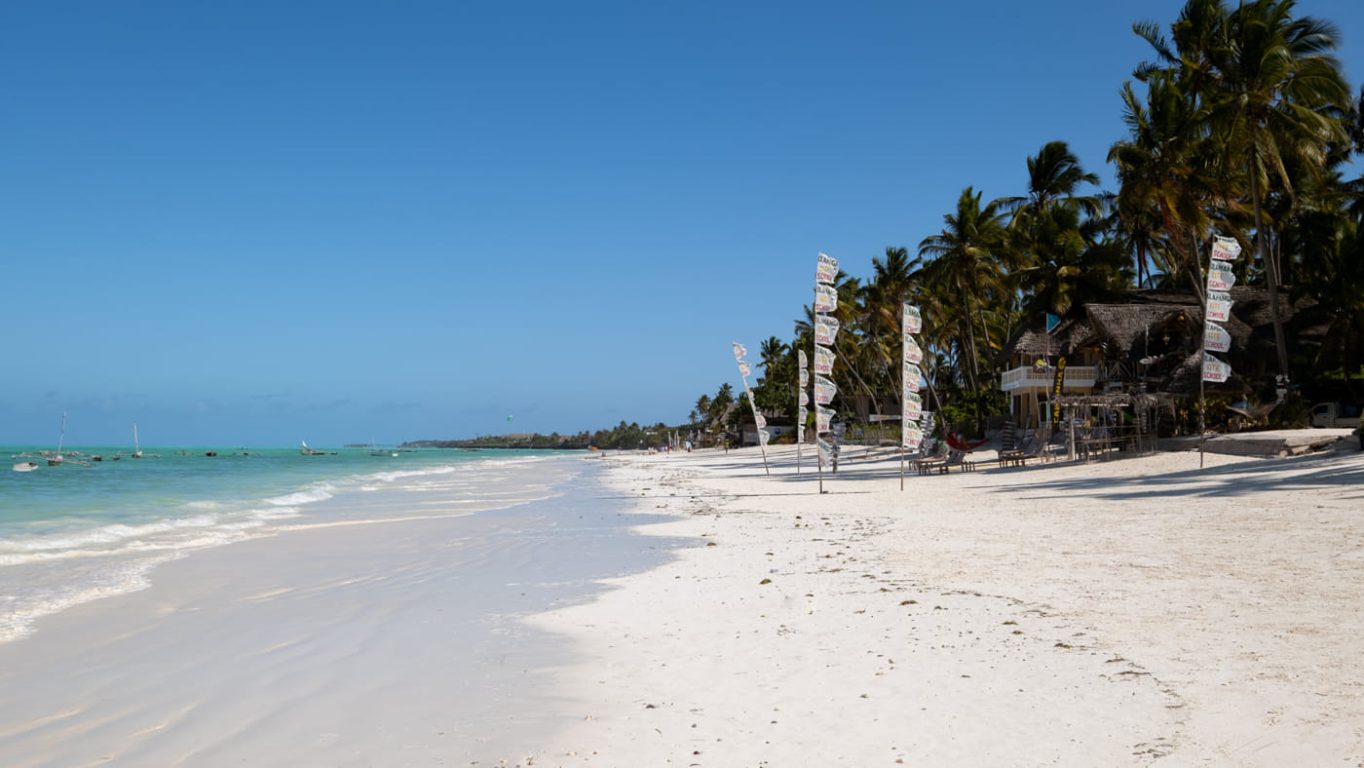
Zanzibar is full of life and there are many things to see or do. For our Tanzania itinerary we did a little research and below you can find some curiosites and also activities you can do once there.
Curiosities and Unique Features:
- Stone Town’s UNESCO Heritage: Zanzibar’s Stone Town is a UNESCO World Heritage Site, boasting a labyrinth of narrow streets, historic buildings, and bustling markets. The architecture reflects a blend of Arab, Persian, Indian, and European influences.
- Spice Tours: Zanzibar is often referred to as the “Spice Island” for its historic spice trade. Engage in a spice tour to discover the island’s aromatic treasures, including cloves, cinnamon, vanilla, and nutmeg.
- White-Sand Beaches: Zanzibar’s beaches are postcard-perfect, with powdery white sand and turquoise waters. From Nungwi to Jambiani, each beach has its charm, offering a serene backdrop for relaxation or water activities.
In Zanzibar, they take advantage of the water, and there are many activities and water sports you can do. Equally important is their historical past, so in the city there are some tours you can do.
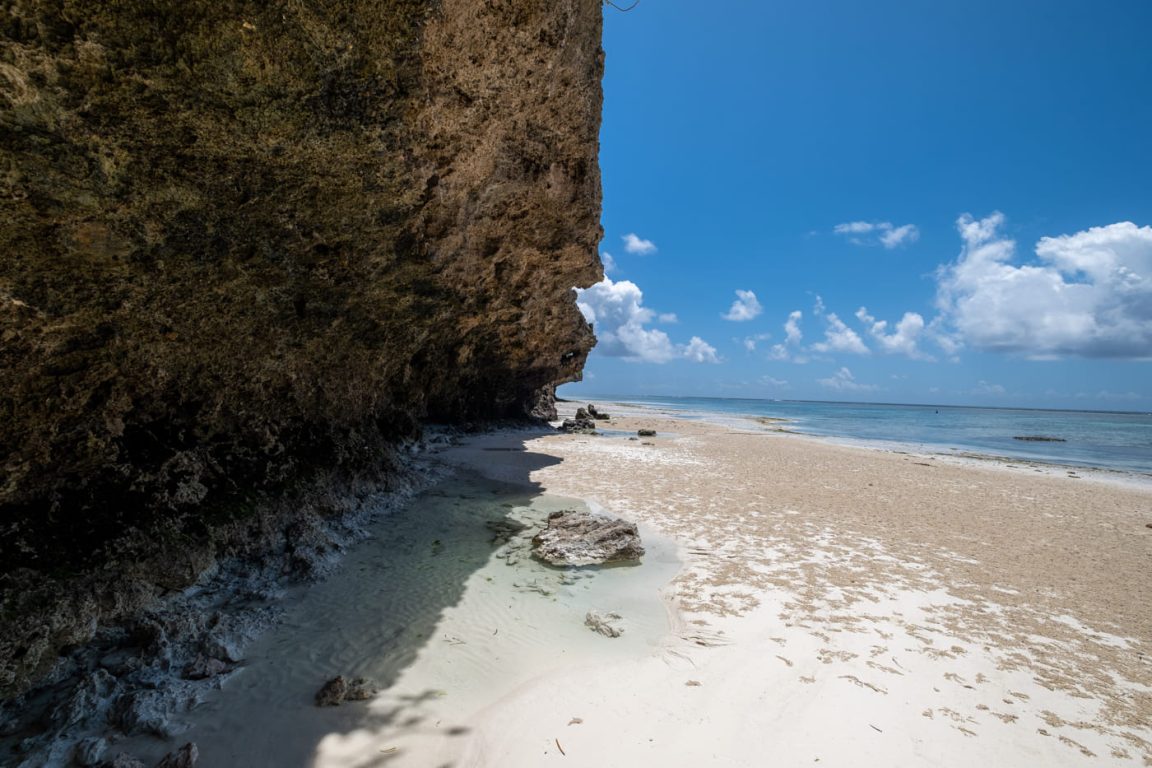
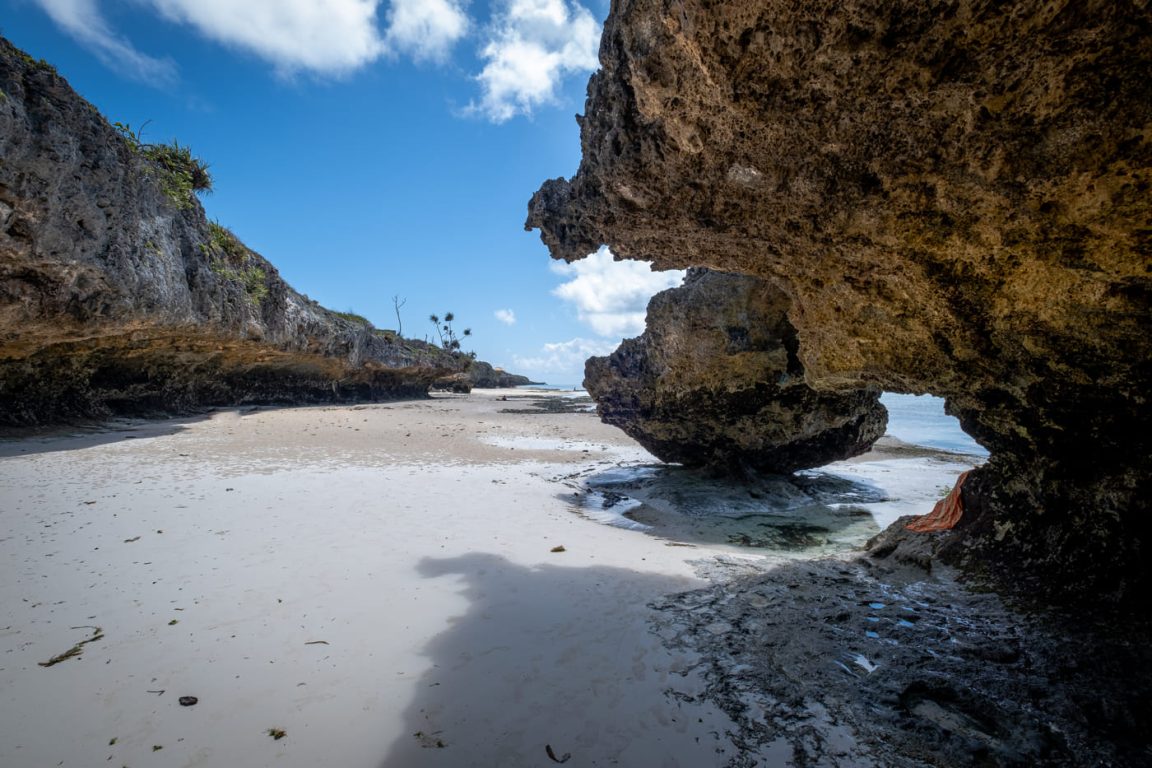
Here are some of the most important activities in Zanzibar:
- Historical Tours: Explore Stone Town’s historical sites, such as the House of Wonders, the Old Fort, and the Palace Museum. Visit the slave market and learn more about the history of the place. Don’t miss the chance to ‘get lost’ in the narrow streets filled with intriguing stories.
- Beach Retreats: Spend leisurely days on Zanzibar’s beaches. Whether you choose the lively atmosphere of Nungwi or the tranquillity of Jambiani, the island offers diverse beach experiences.
- Snorkelling and Diving: The coral reefs surrounding Zanzibar are a haven for marine life. Embark on snorkelling or diving excursions to witness the vibrant underwater world, including colourful corals and tropical fish.
As we visit Zanzibar in late September/early October, these are some of the best times to enjoy what the island has to offer. Pleasant temperatures and minimal rainfall make this an excellent time for beach activities and exploration.
December to February is a great time to go, it’s a dry season with slightly warmer temperatures, ideal for those seeking a winter escape.
On our first day, we didn’t do much, only relaxing at the beach and enjoying the sun. Be careful with the tides, in Jambiani it’s a little surprising, always check the times for low and high tides. We took advantage of the low tide to have a little walk on the beach.
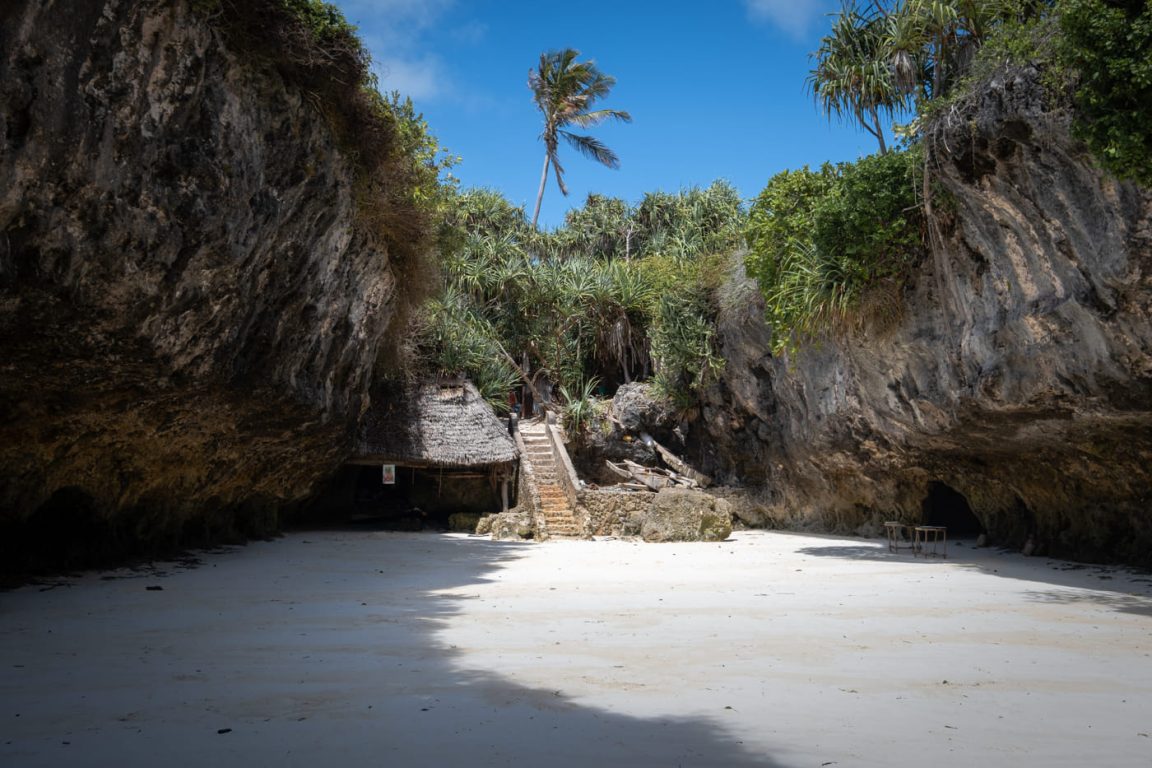
On the second day in Jambiani, we rented a scooter in our lodge and explored the south part of the island. For renting a scooter you will need a Zanzibar permit. In our lodge they took care of everything, they just needed a copy of Tiago’s driving license to issue the Zanzibar permit. You will have to pay for this, it depends on where you are doing it but, normally between 30/40 USD.
We explored some places in the south of the island, like Mtende beach and in the afternoon we checked the famous, The Rock, it was low tide when we arrived. If you have more time you could go to Jozani forest and see the Zanzibar red colobus, they are an endangered species that can only be found on the island.
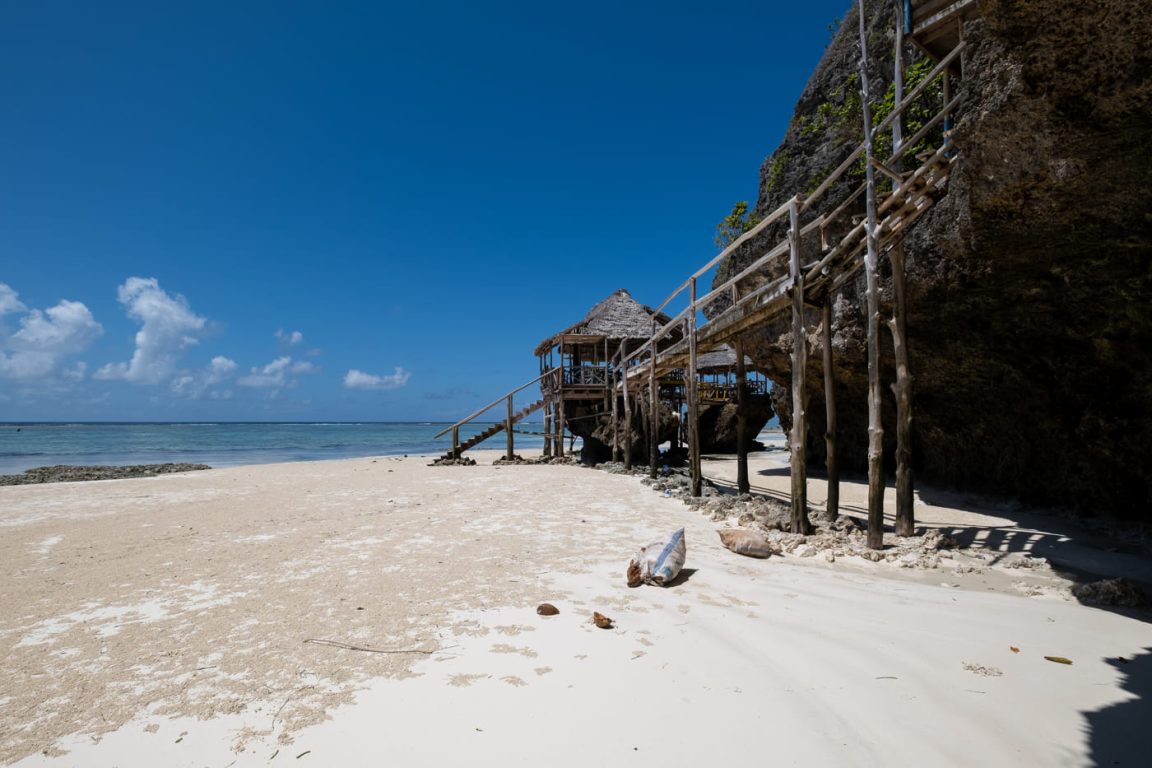
The final day of our Tanzania itinerary was spent exploring Stone Town. We took advantage of the flight back home being at night, to have some last time to explore the island. In the morning we left Jambiani to reach the other side of the island. Stone Town was more chaotic, with small streets and so many people there. We left our stuff in the hotel and went for a tour around town. Our guide explains the history of the island, we visit a spice market, the slave market, the old fort and other historical places. In the afternoon we took some time for ourselves, we had a delicious lunch at a local restaurant, Lukmaan, which we recommend and after, walked around town.
Zanzibar was a captivating finale to our Tanzania itinerary. Whether wandering through Stone Town’s historic alleys, savouring spices, or basking on the pristine beaches, Zanzibar weaves together the best of history and paradise in an unforgettable tapestry.
Embarking on a journey to Tanzania is witnessing the untamed wilderness of the many natural parks, such as Tarangire. Scale the towering heights of Mount Kilimanjaro, Africa’s highest peak. Go meet the Maasai and the way they live. Find off-the-grid places, like Pangani. Immerse yourself in the cultural tapestry of Zanzibar’s historic Stone Town, explore the Mkomazi’s thriving ecosystem, and discover why this is a place to put on your Tanzania itinerary. With its diverse landscapes, abundant wildlife, and pristine beaches, Tanzania beckons as the ultimate destination for those seeking an unparalleled blend of natural beauty, cultural richness, and unforgettable adventures.
